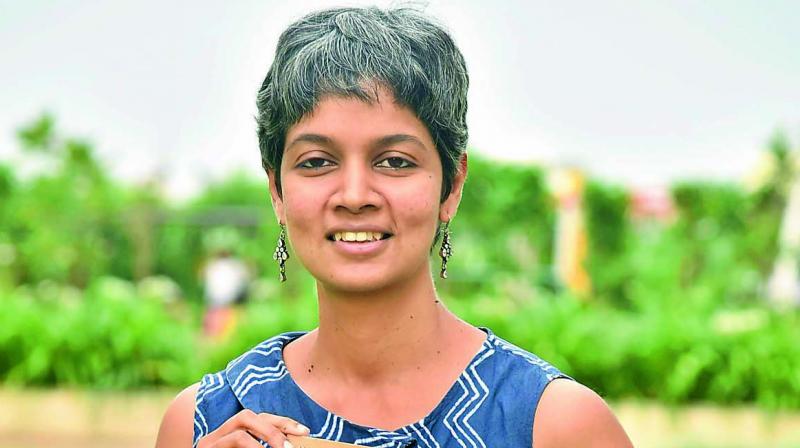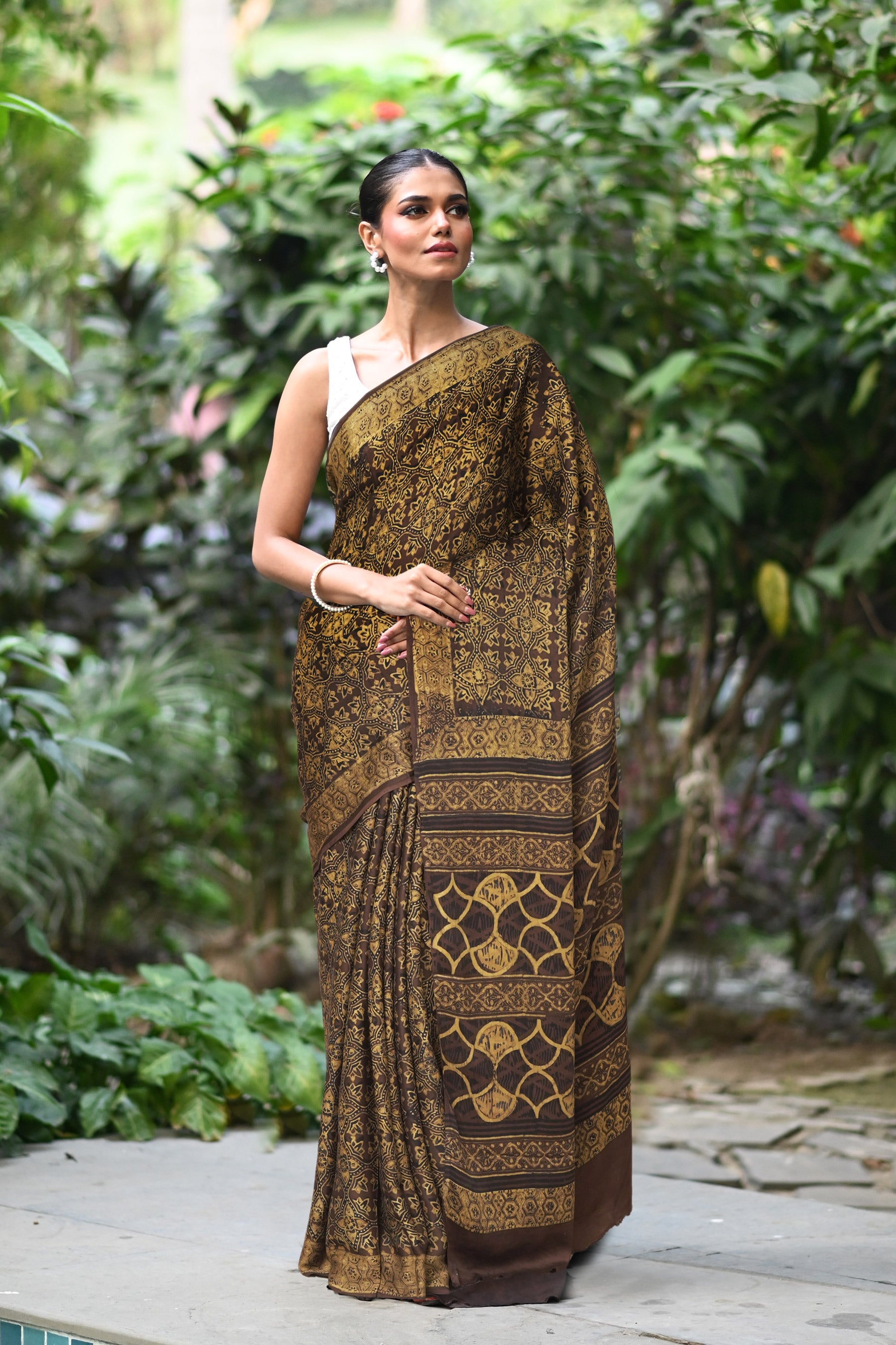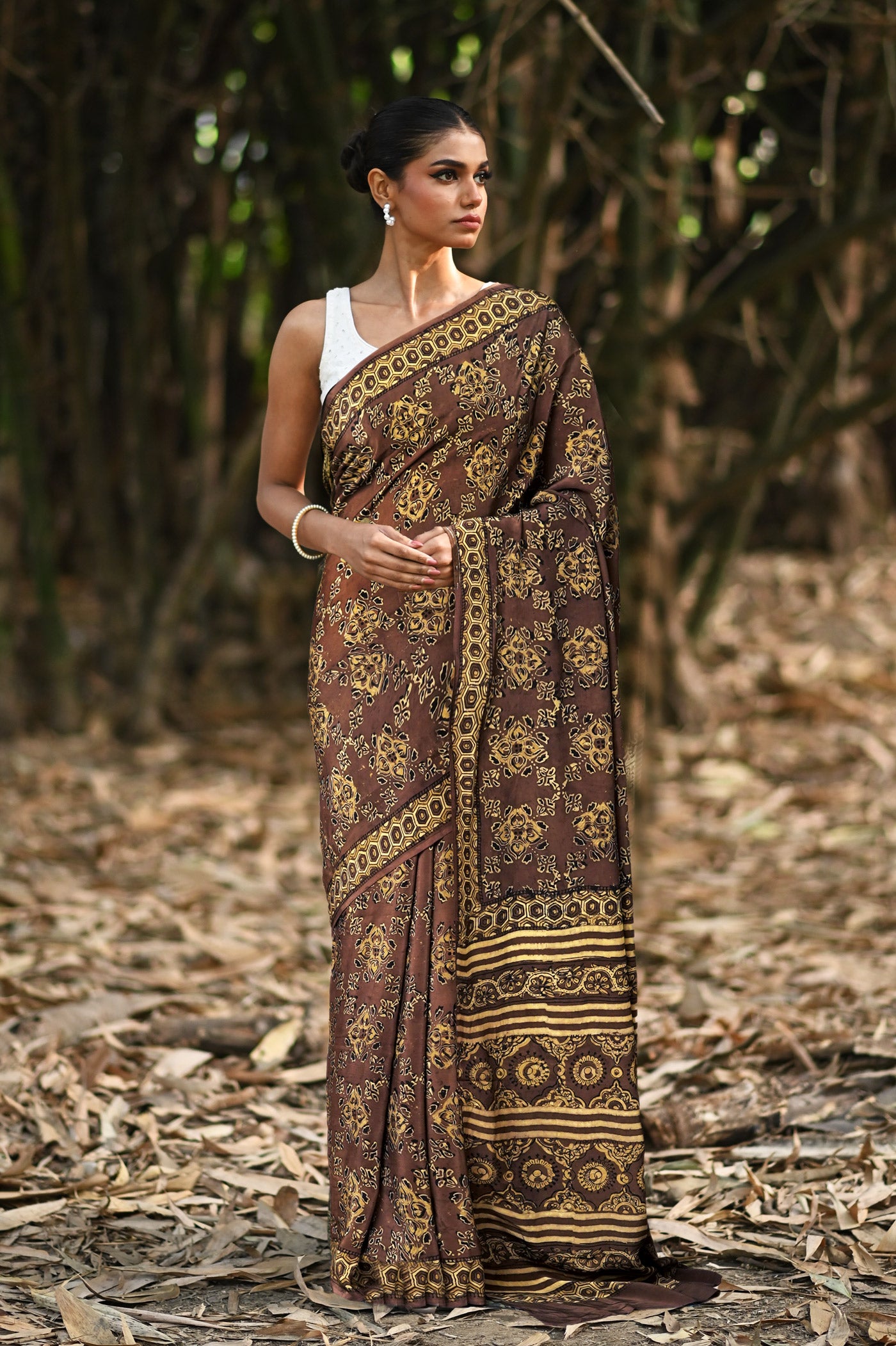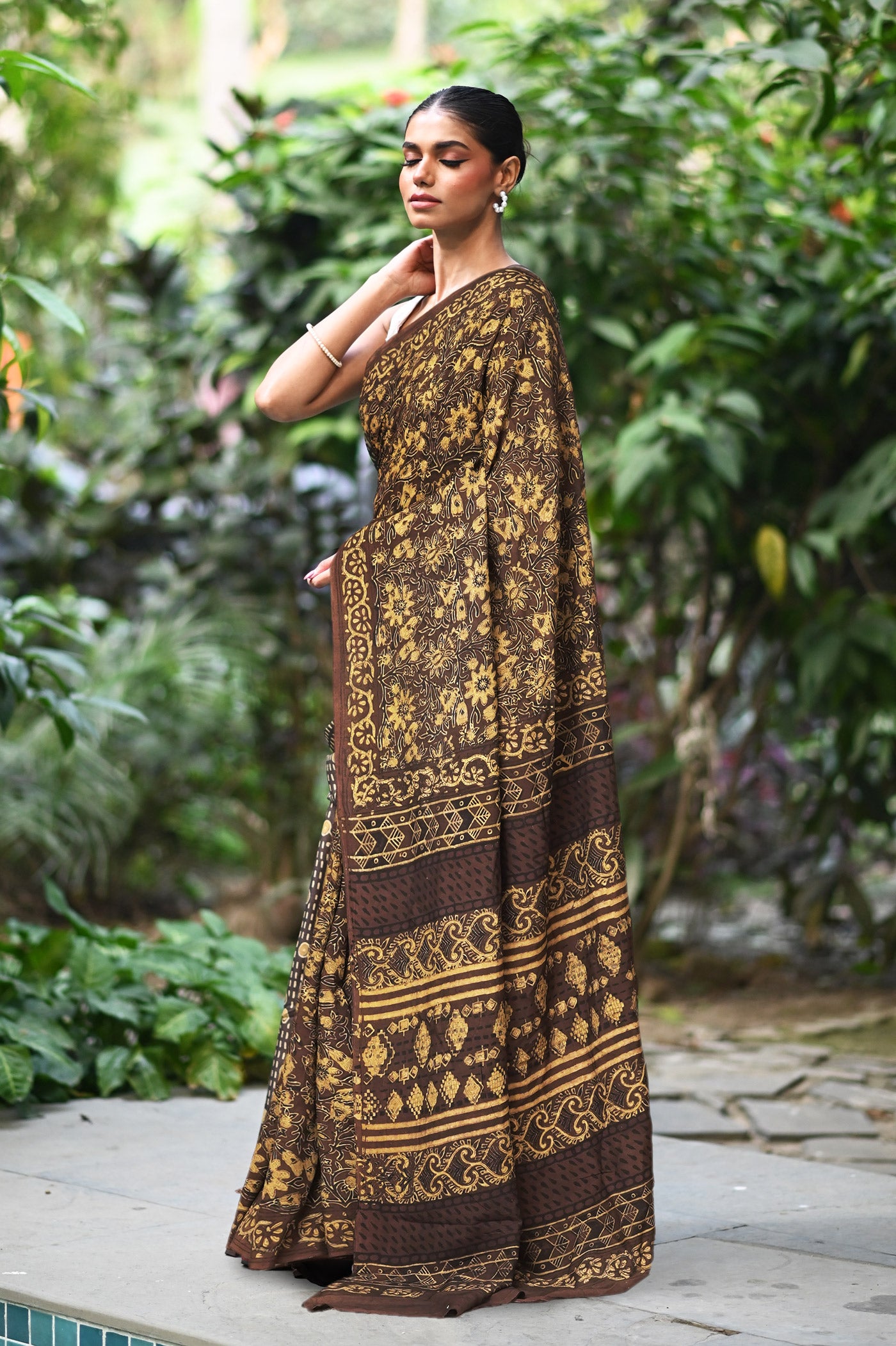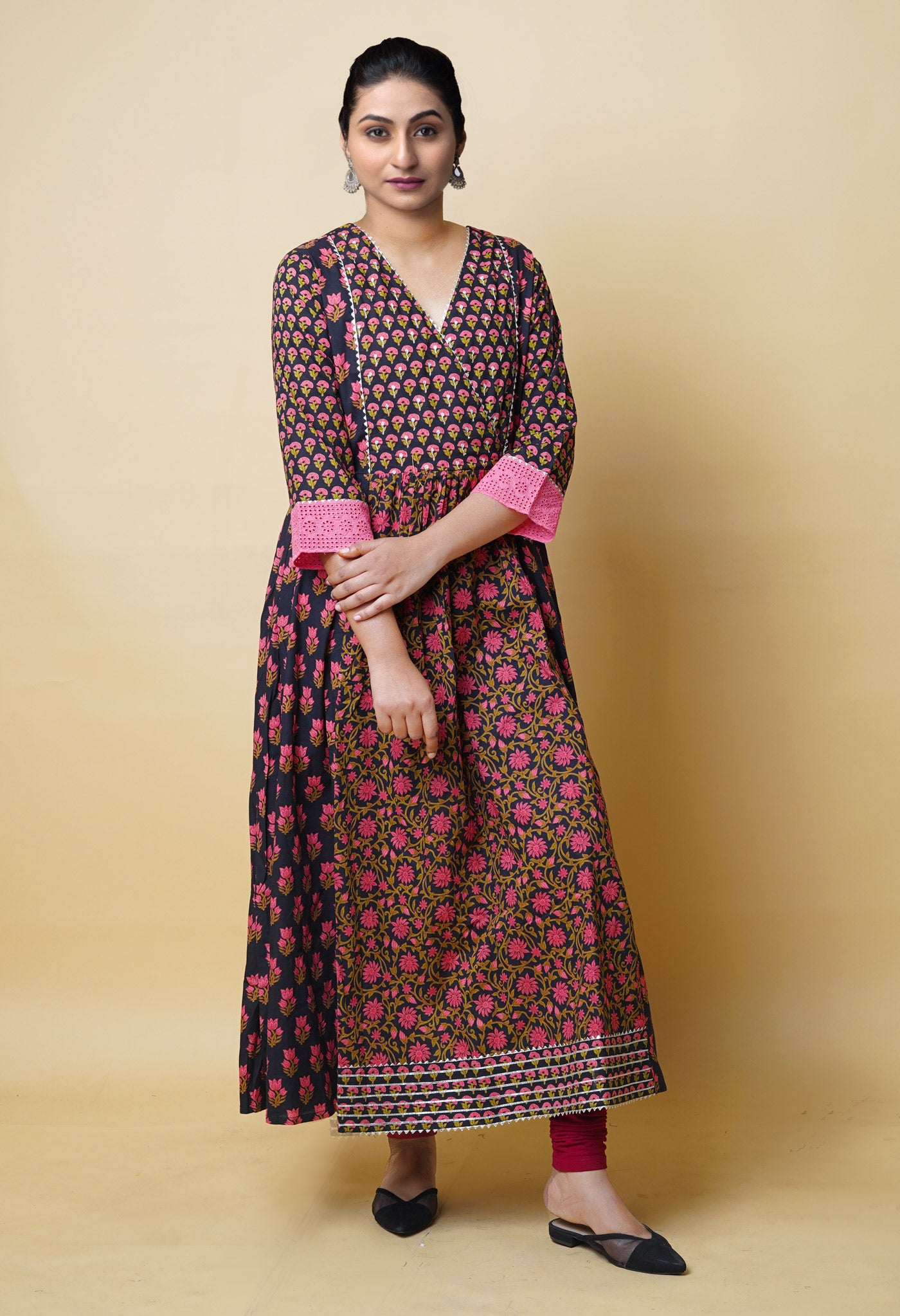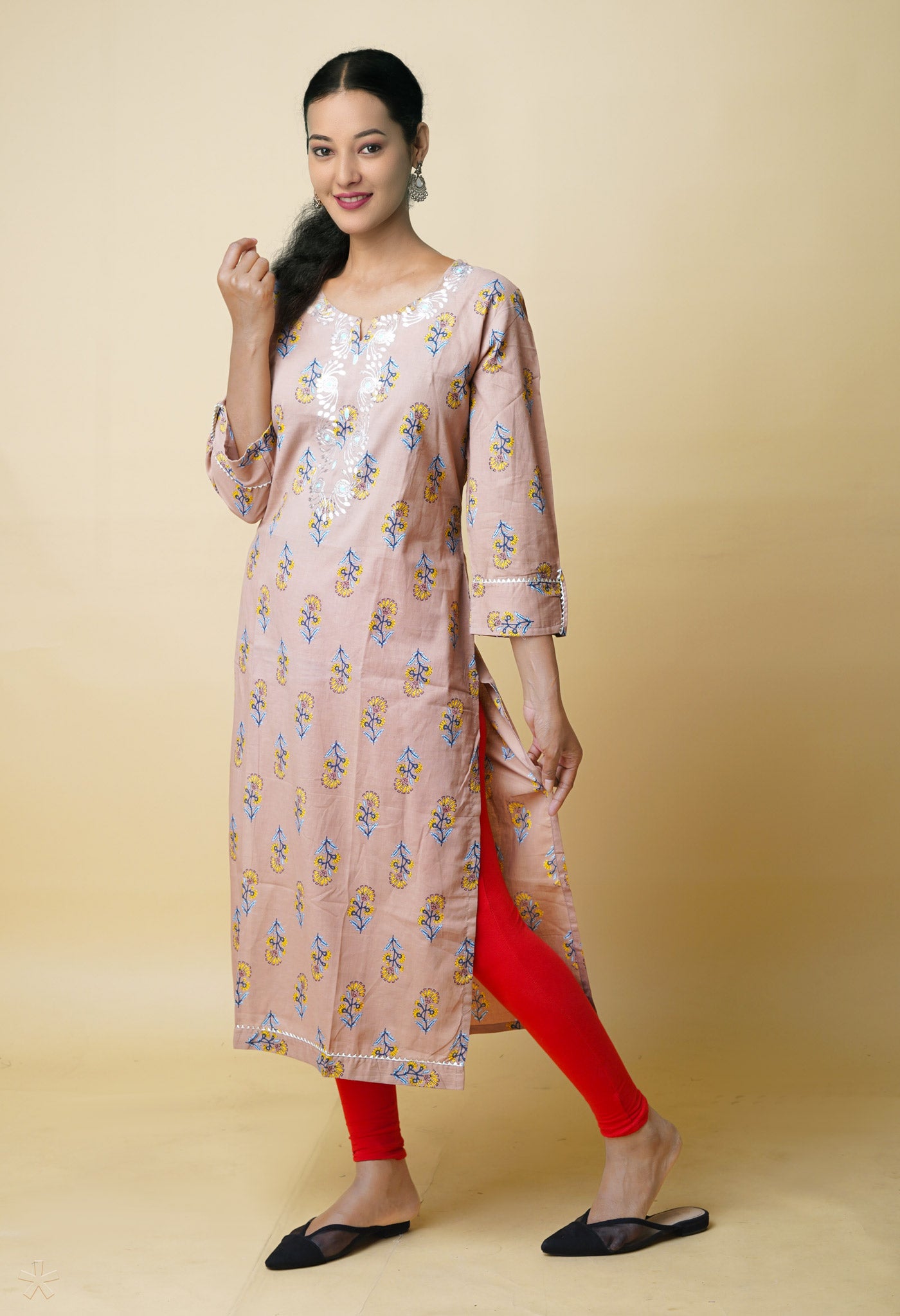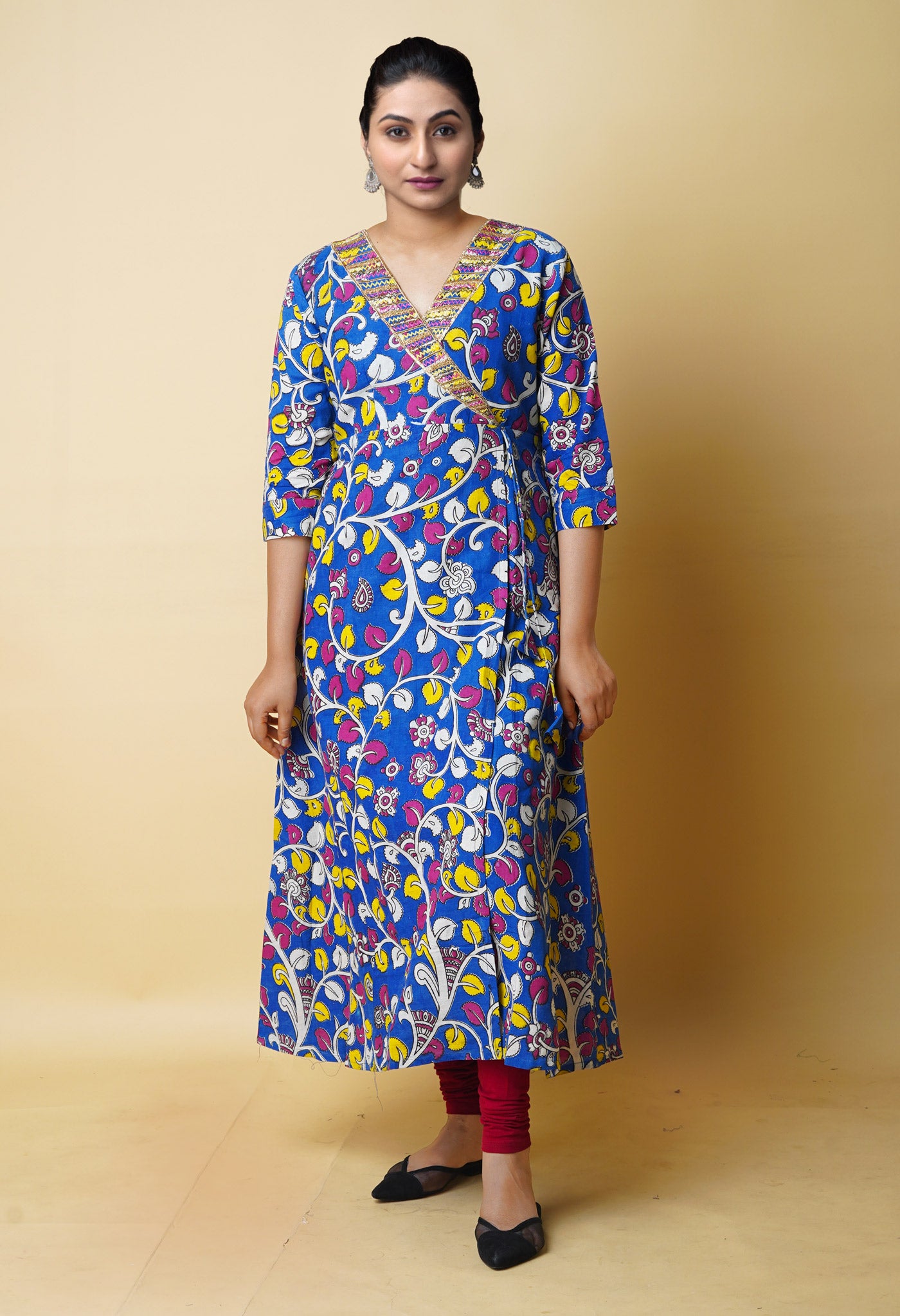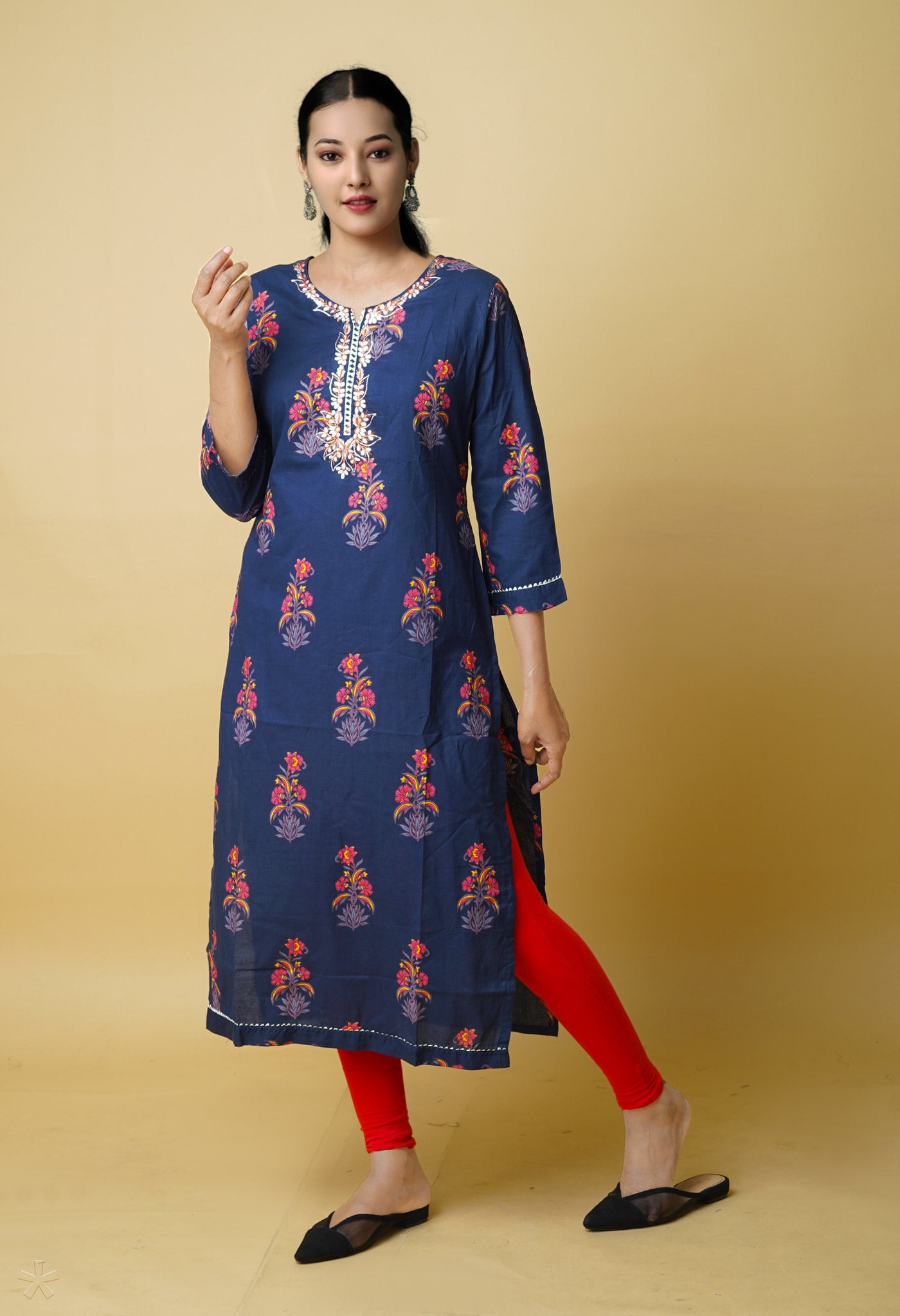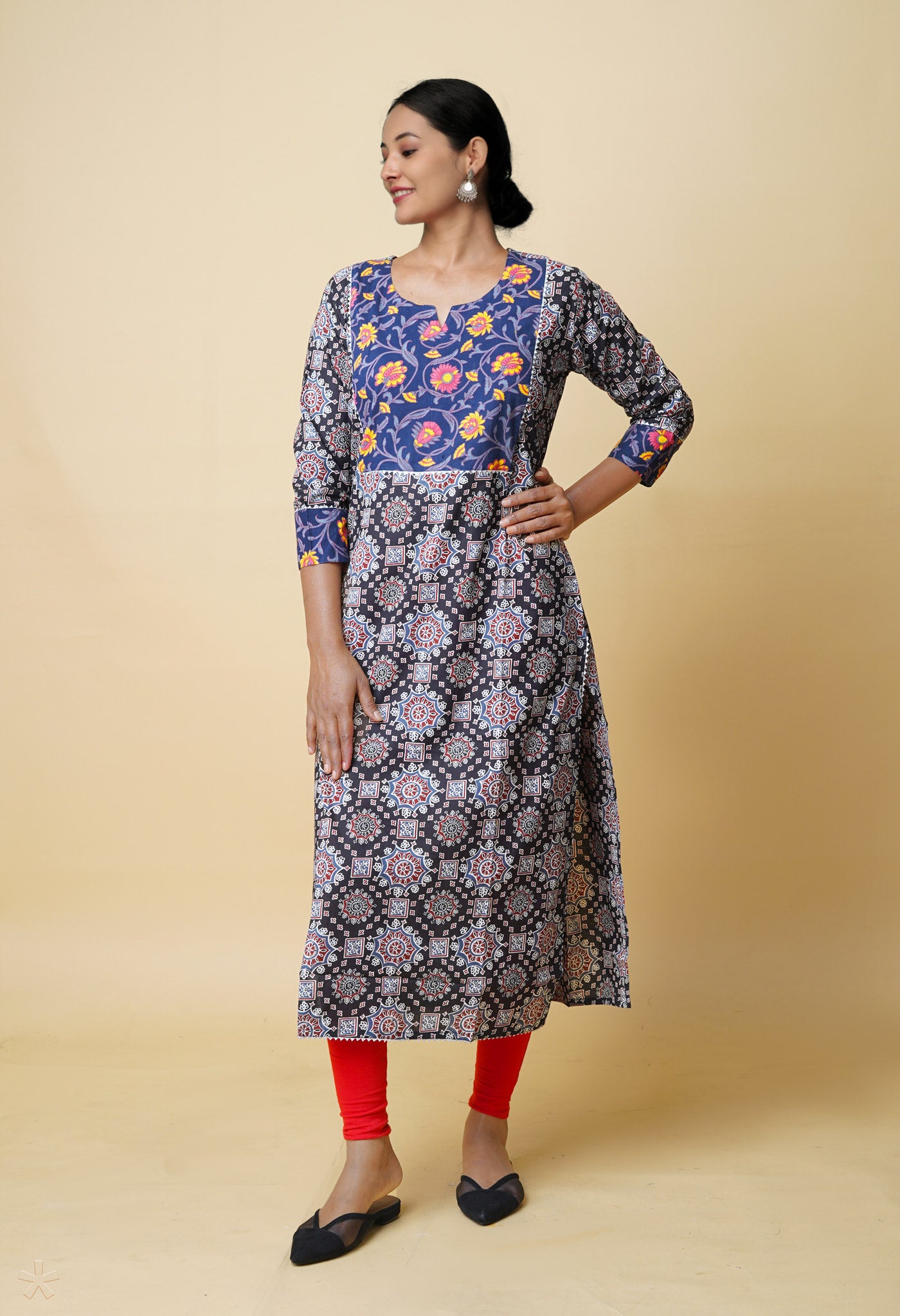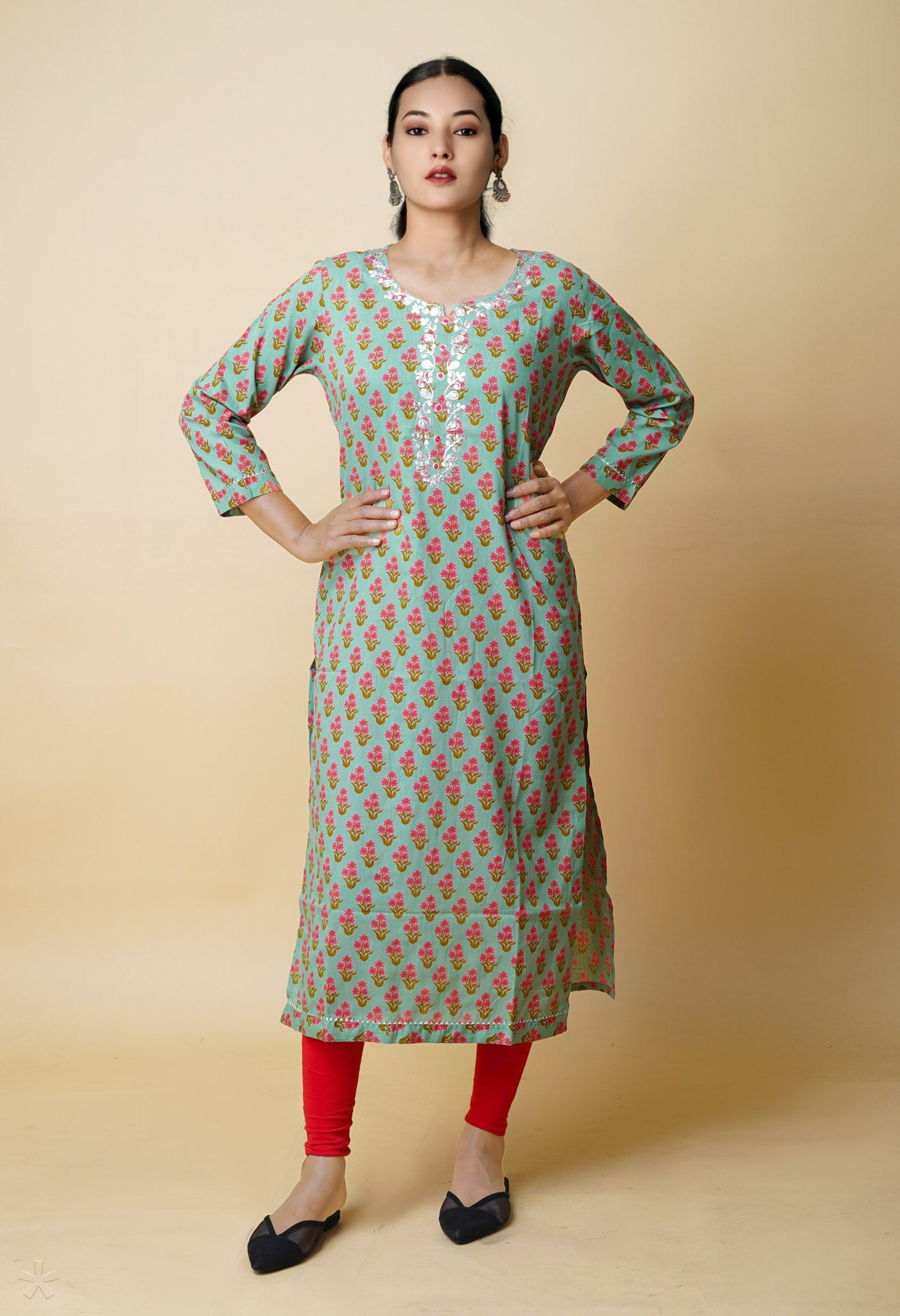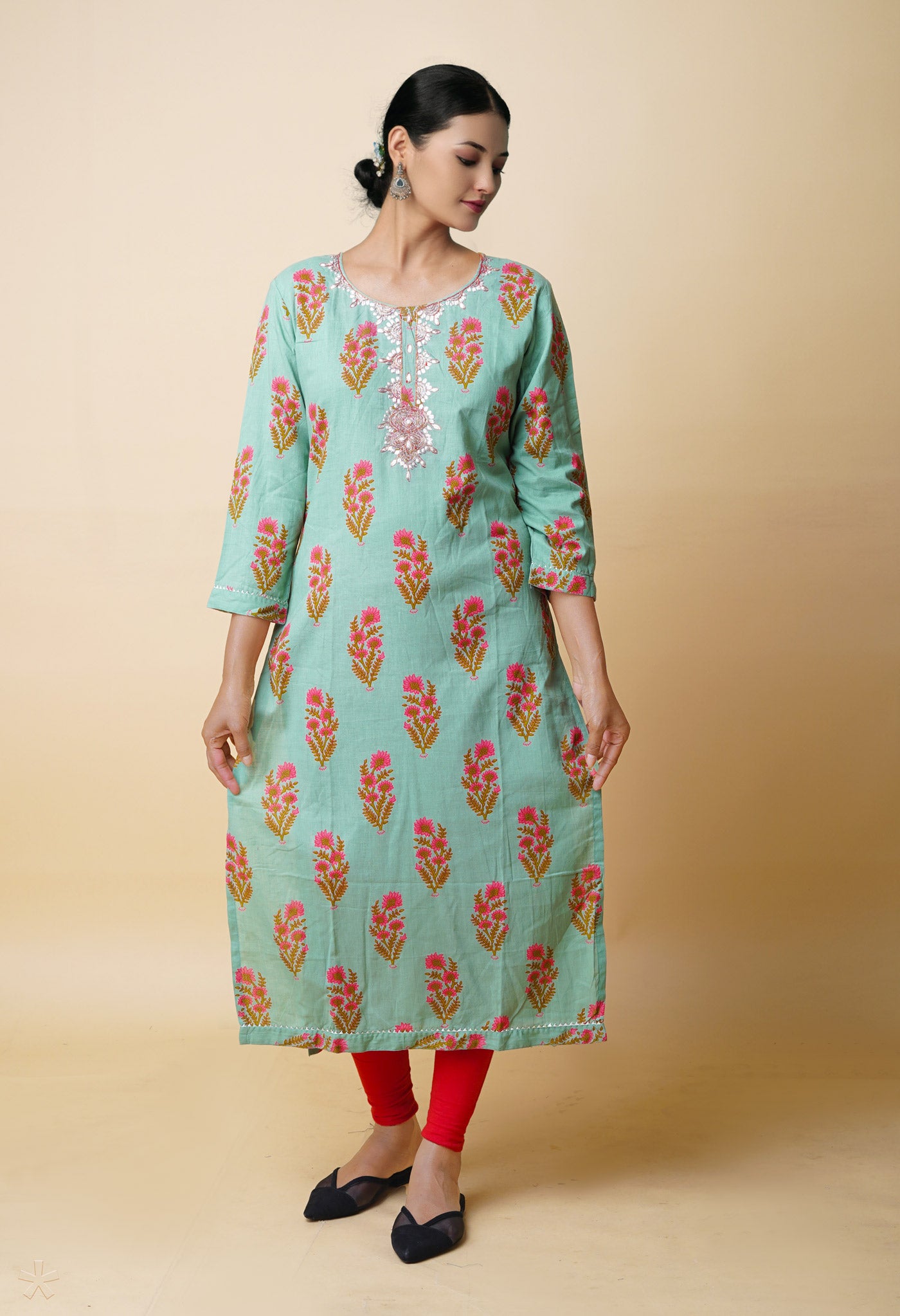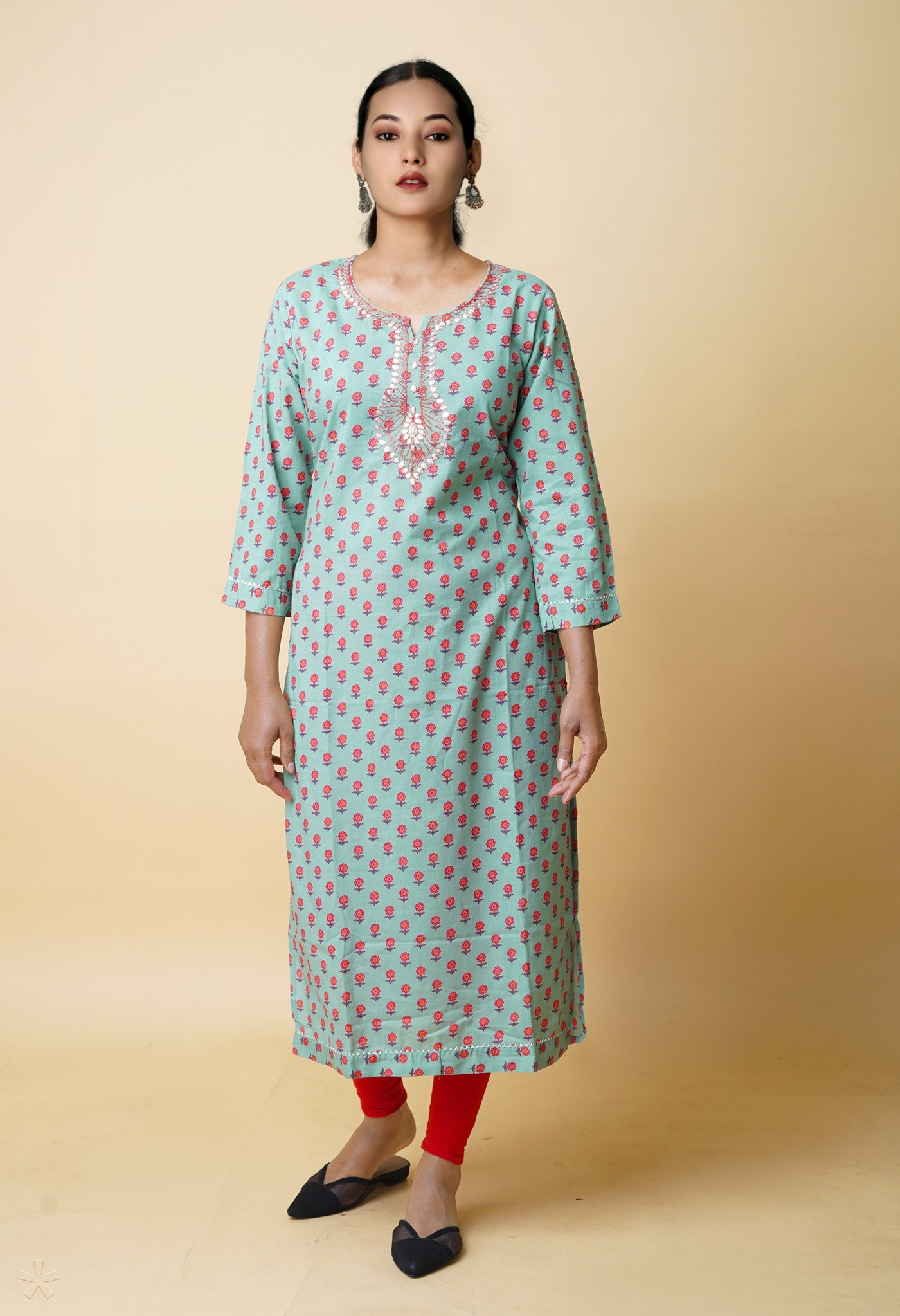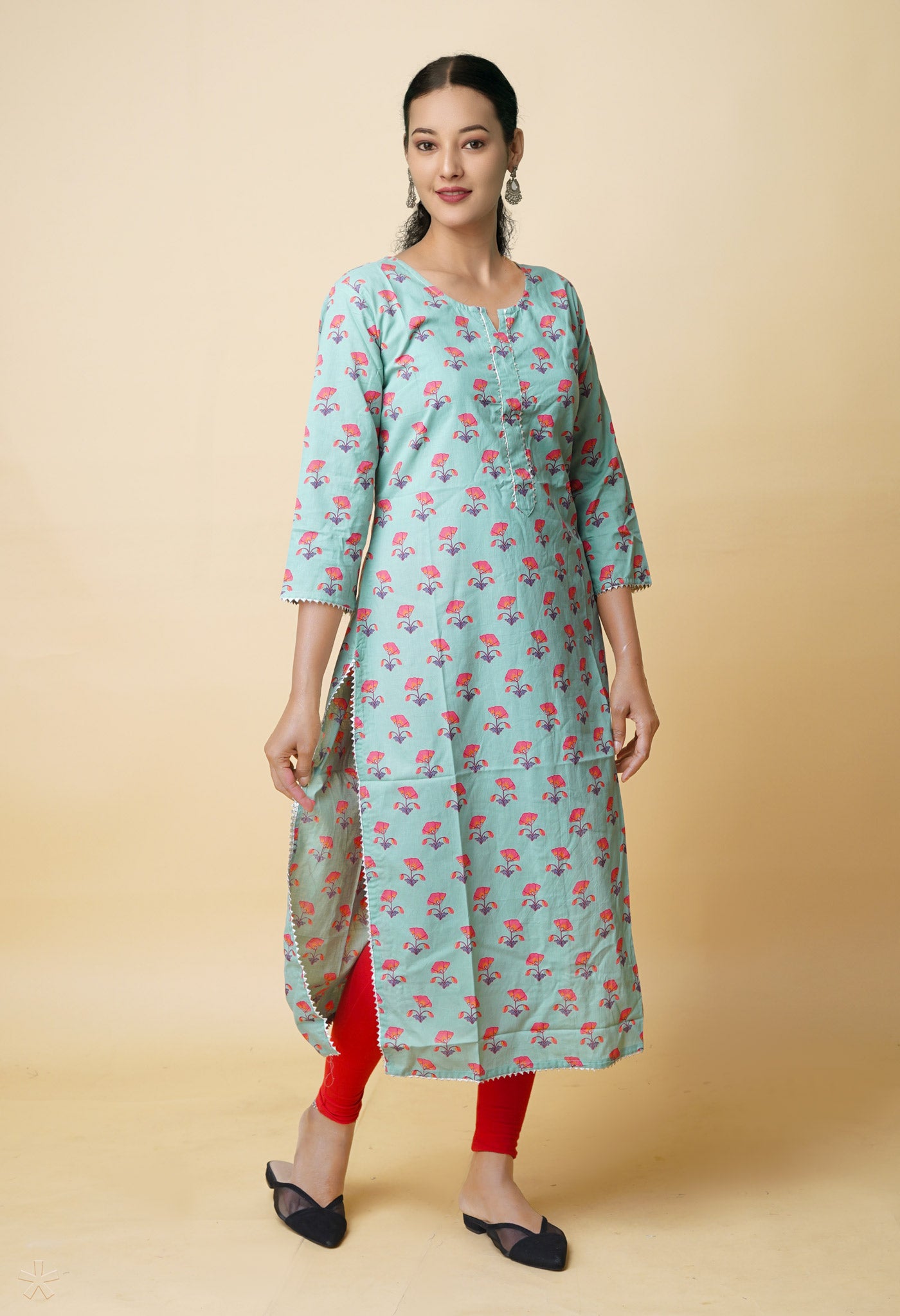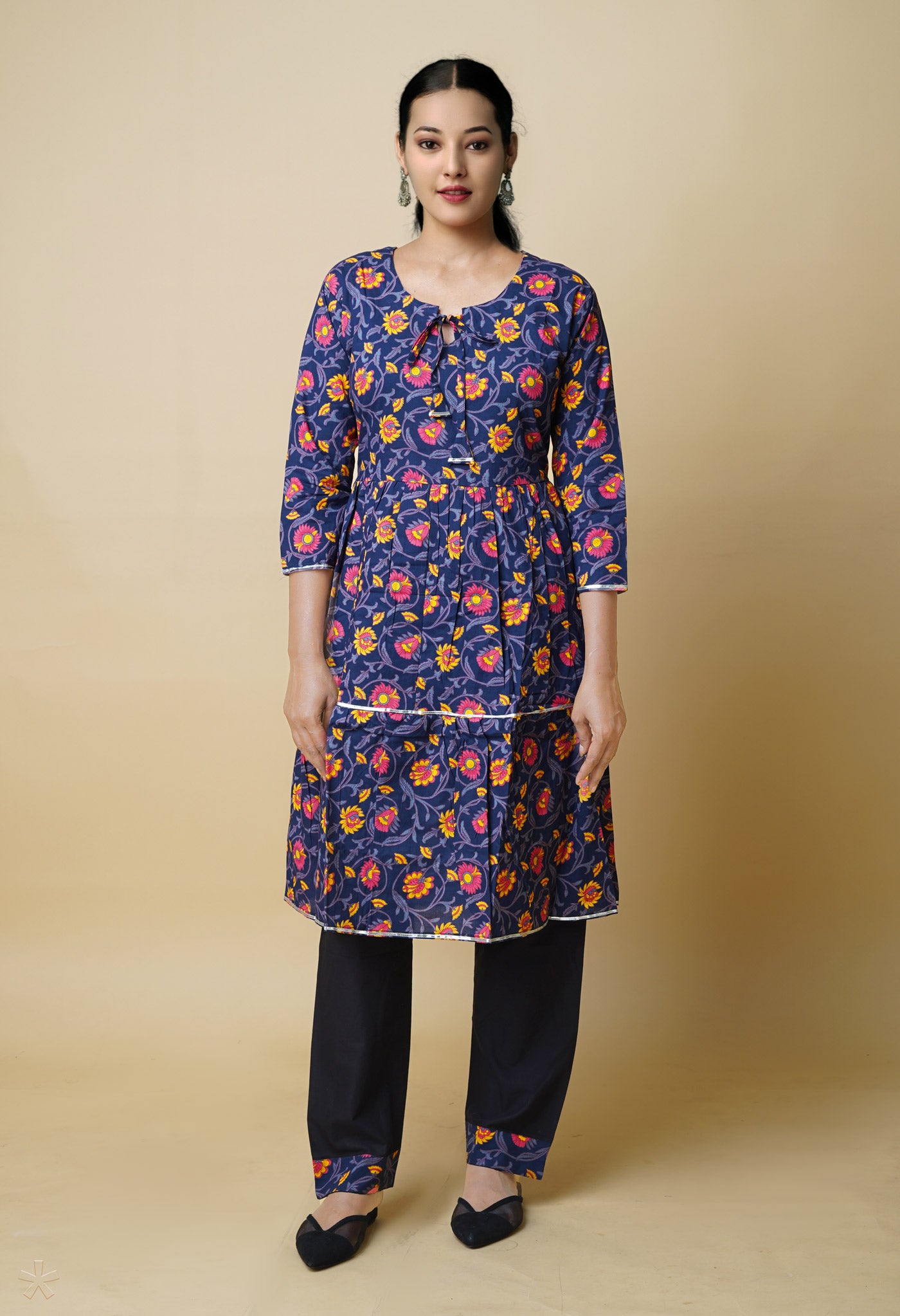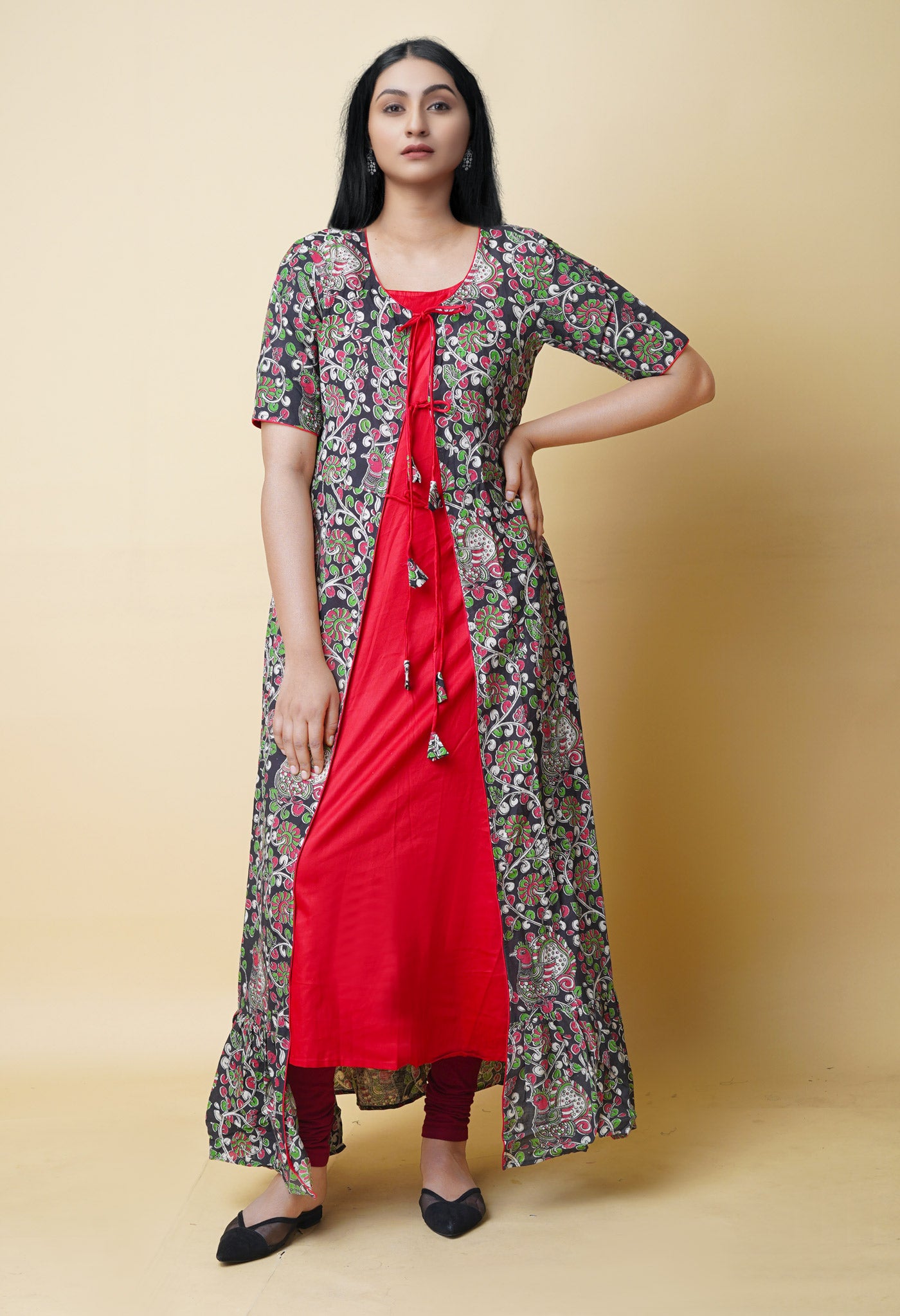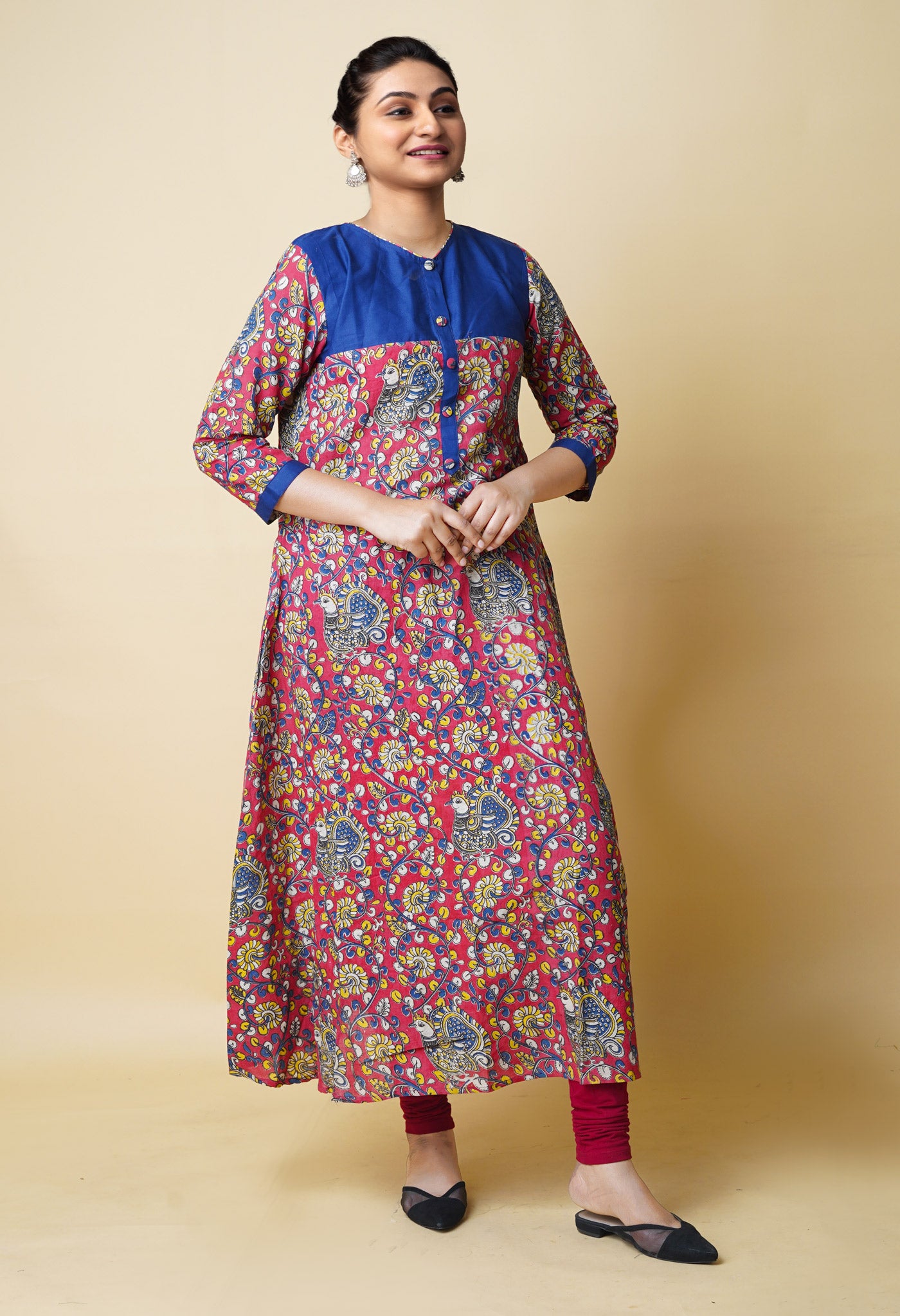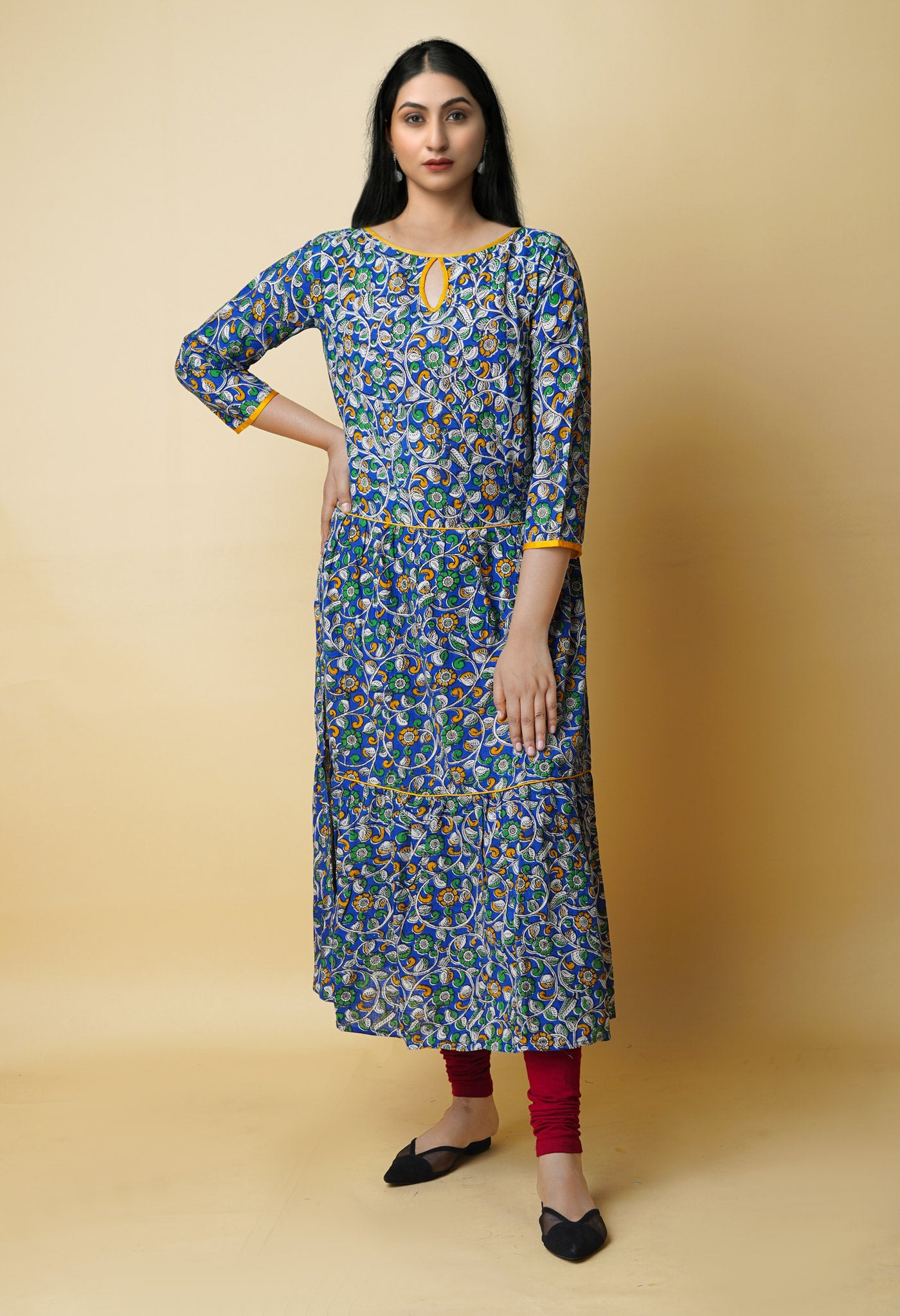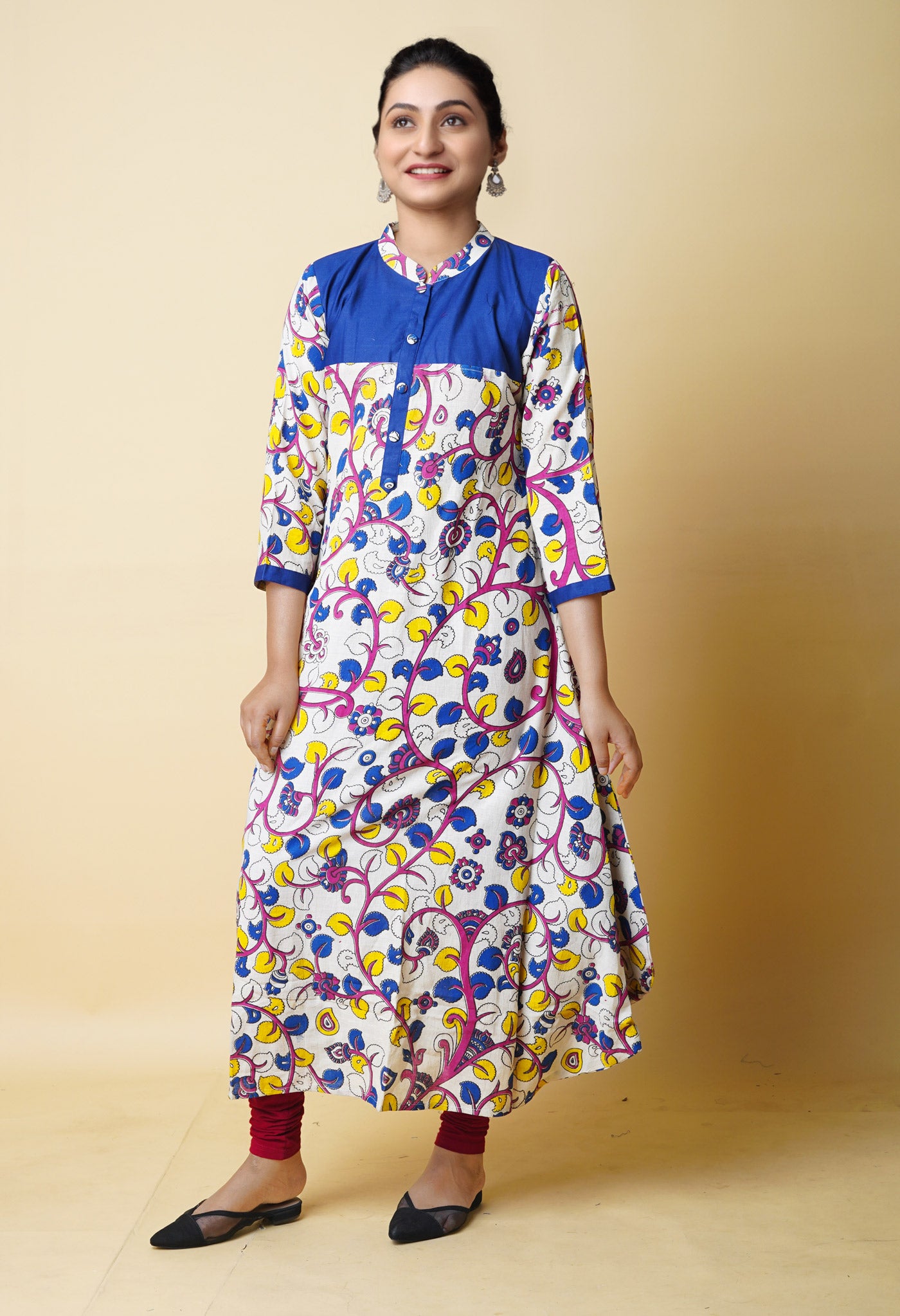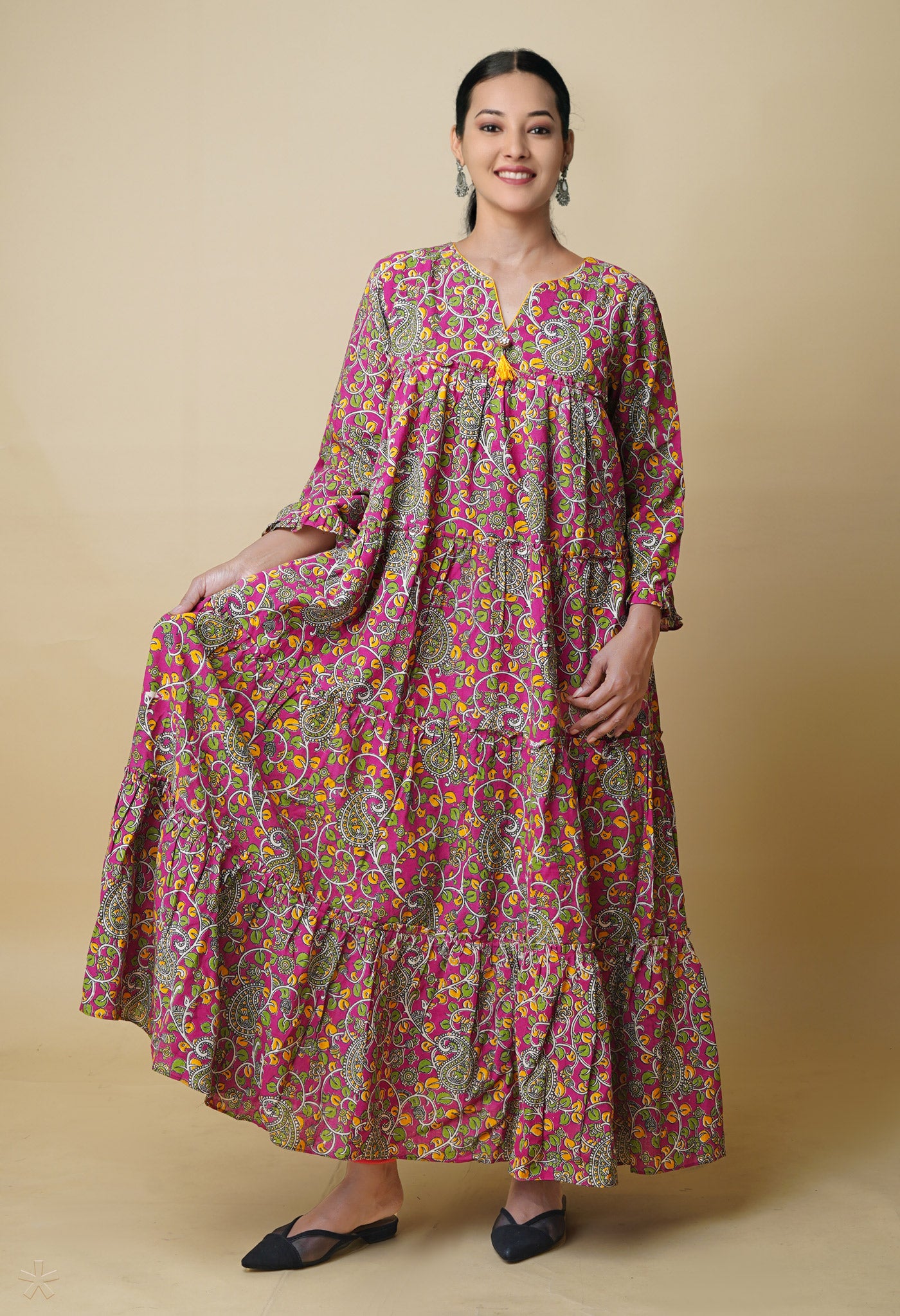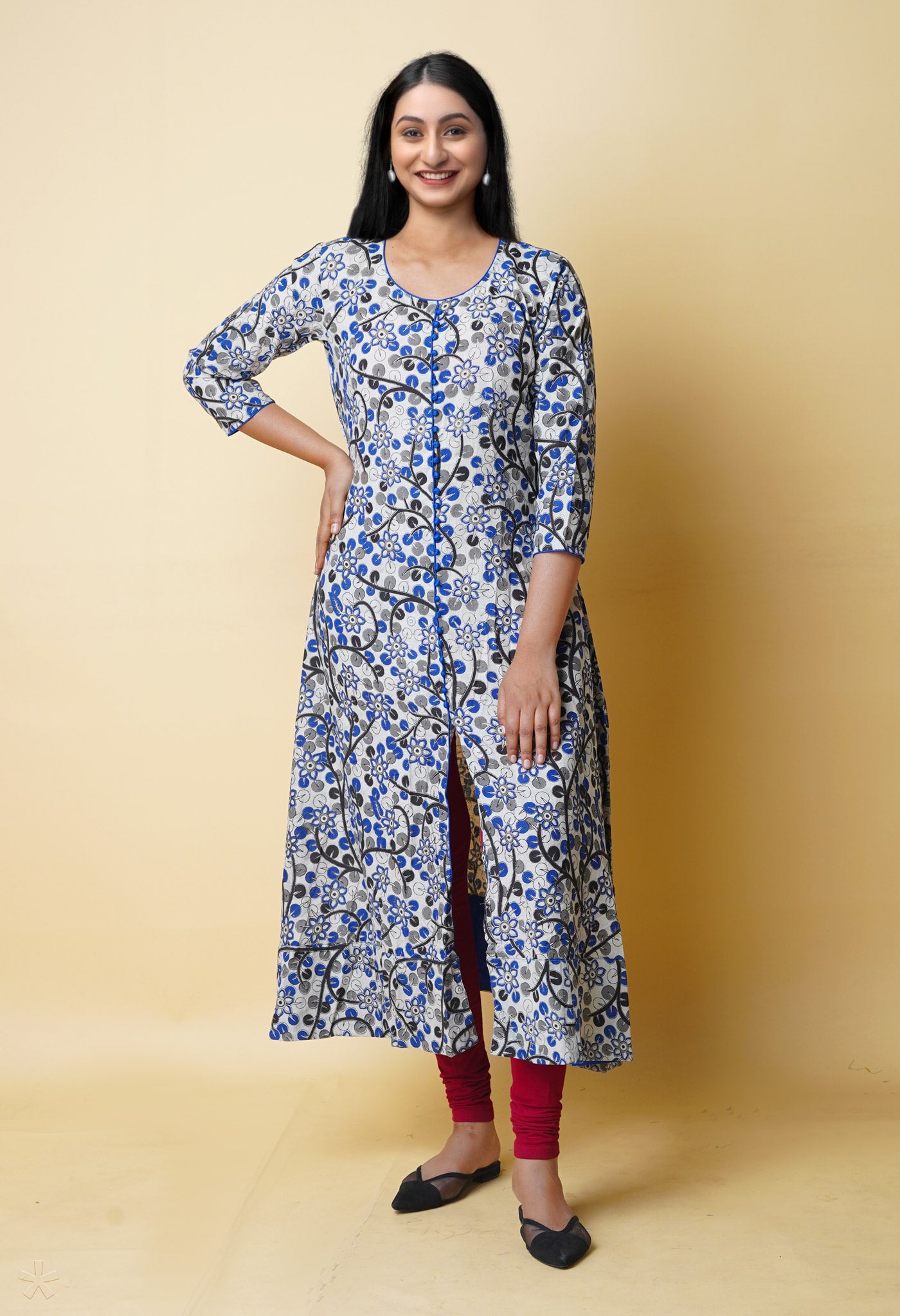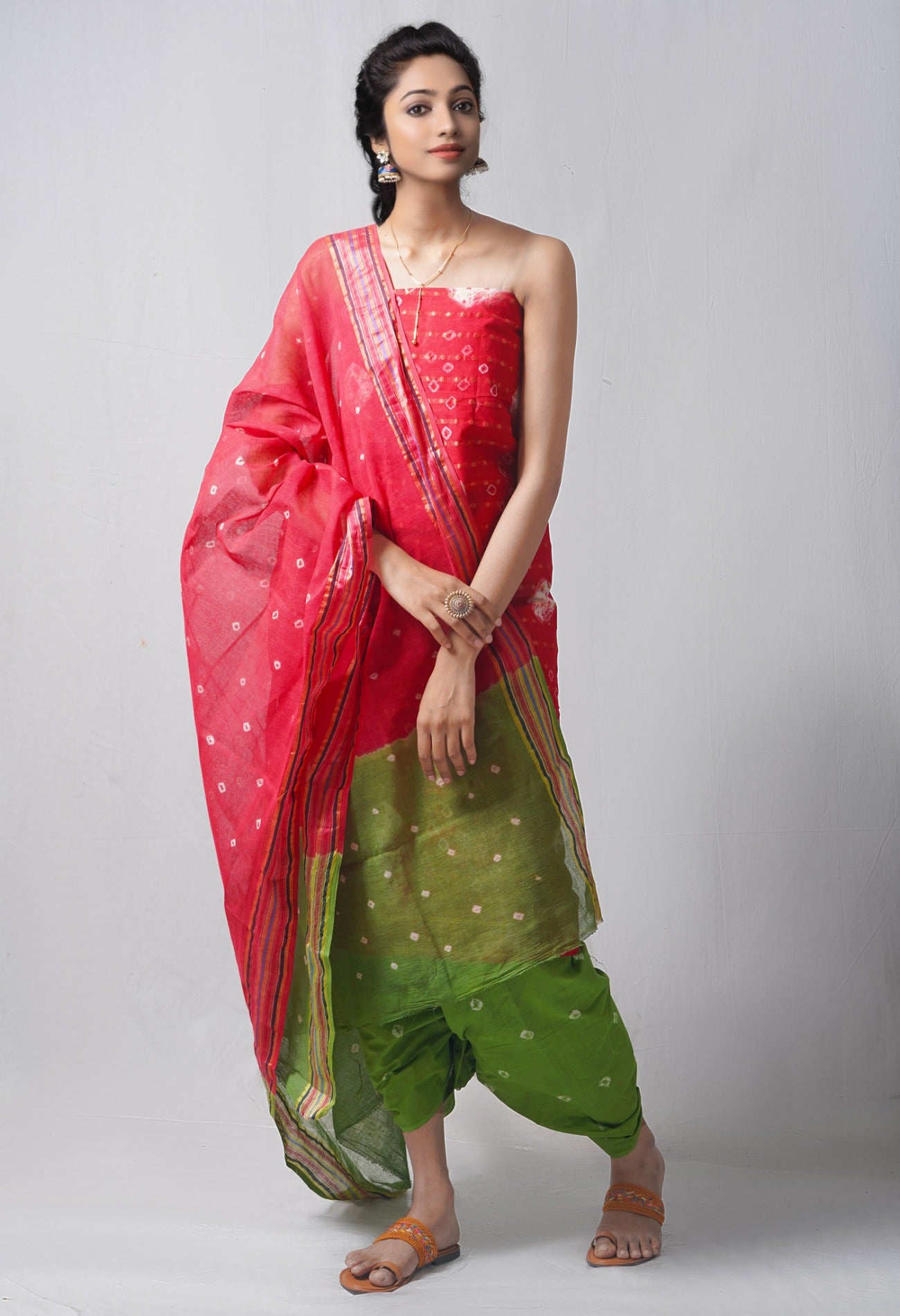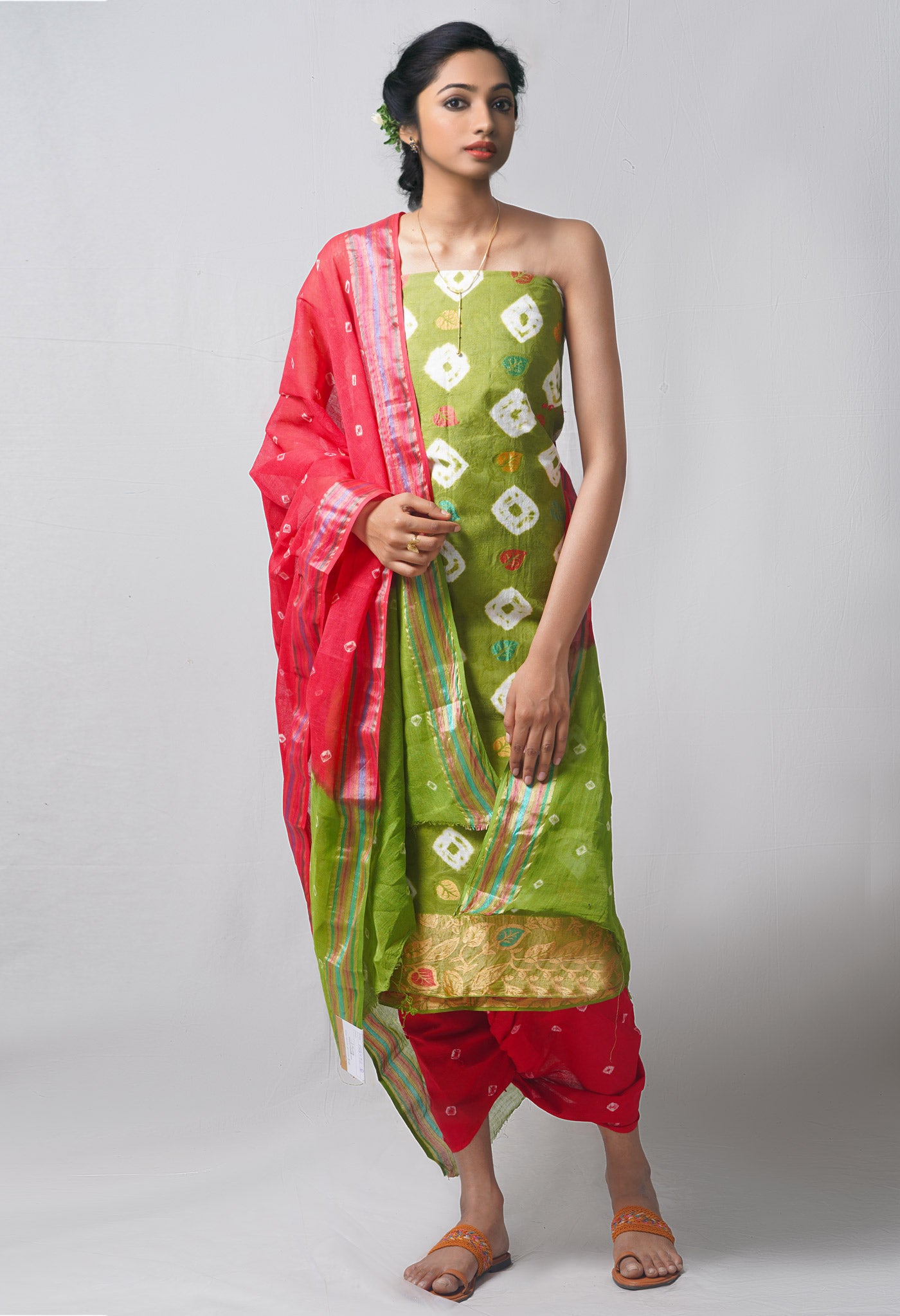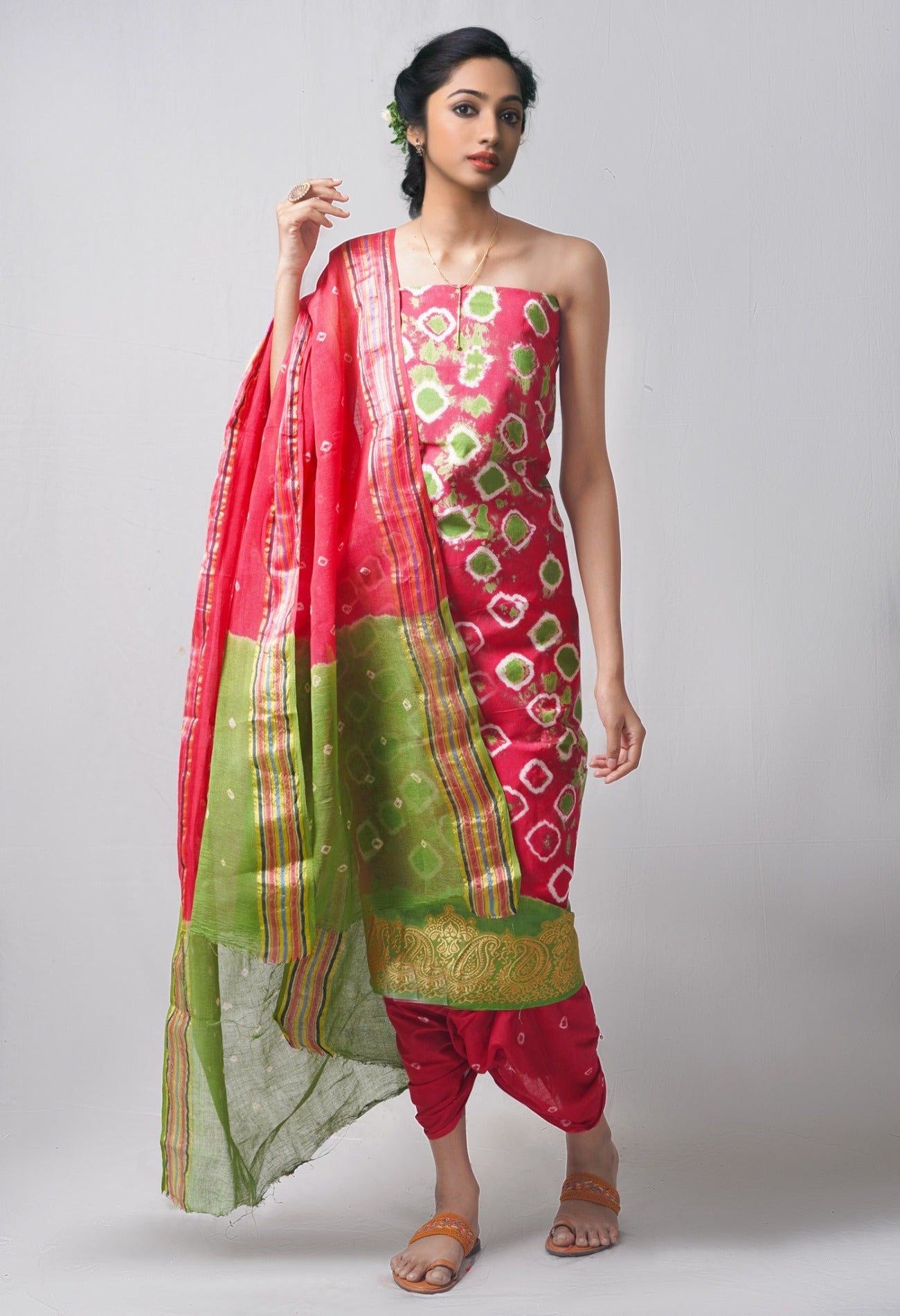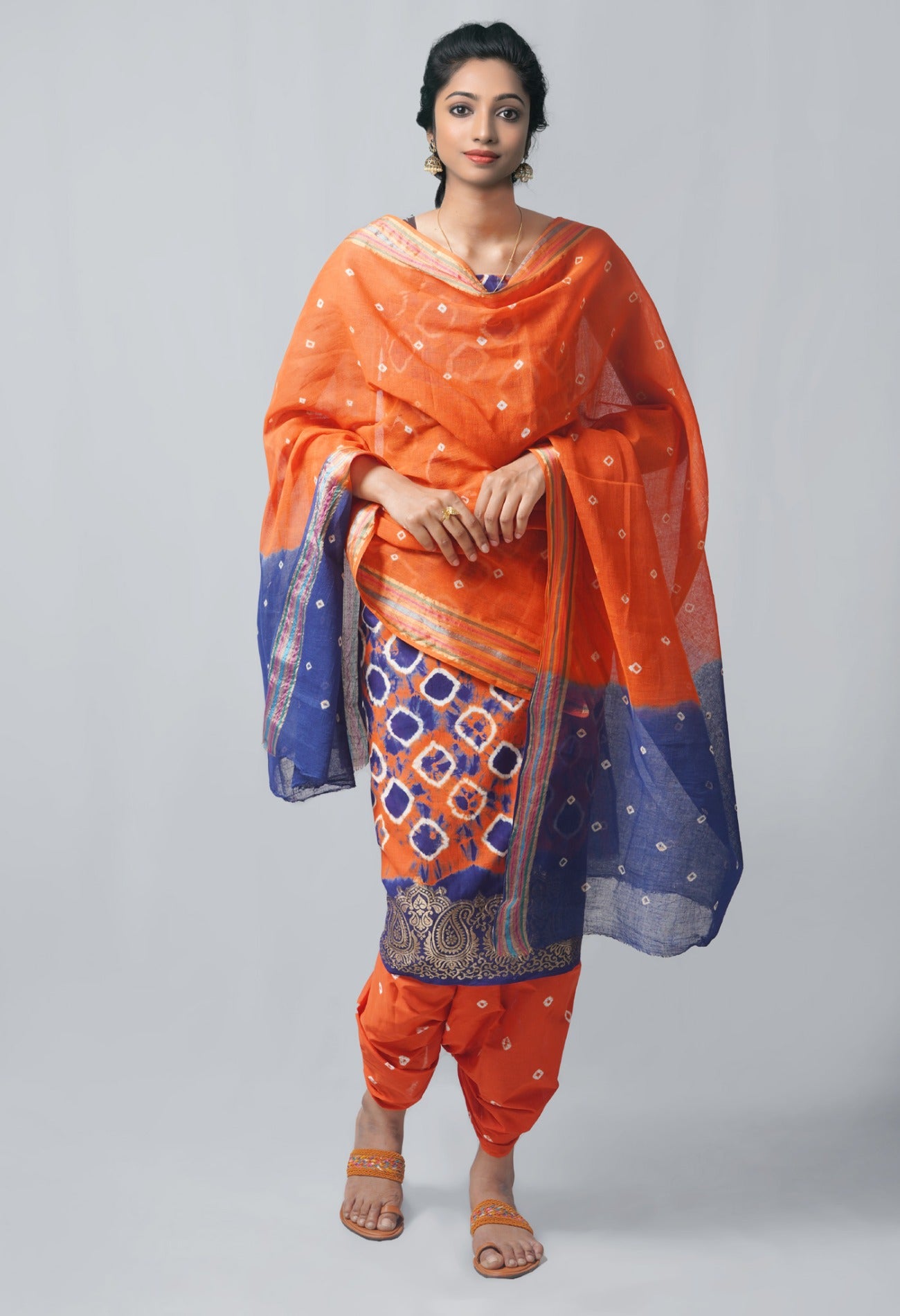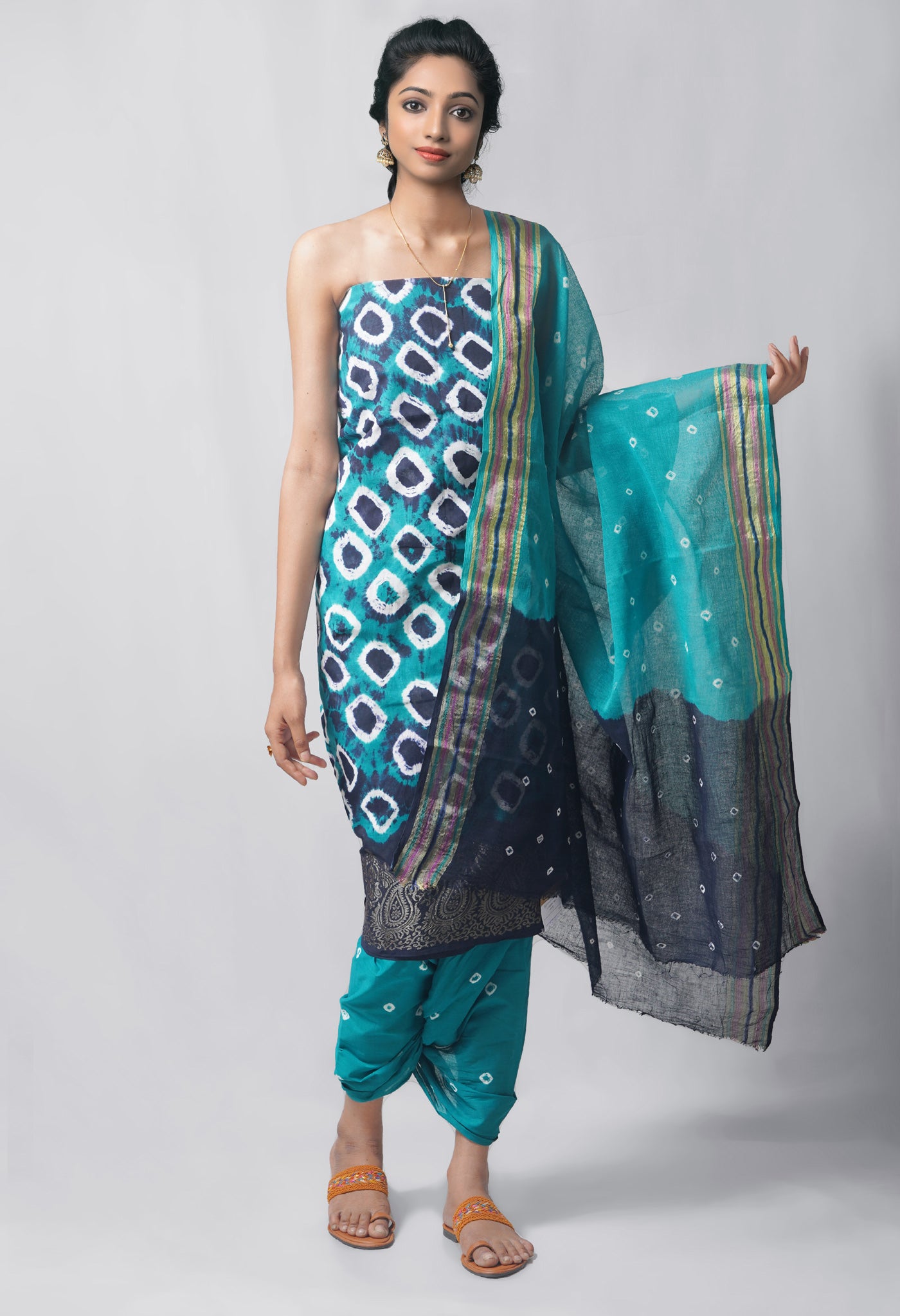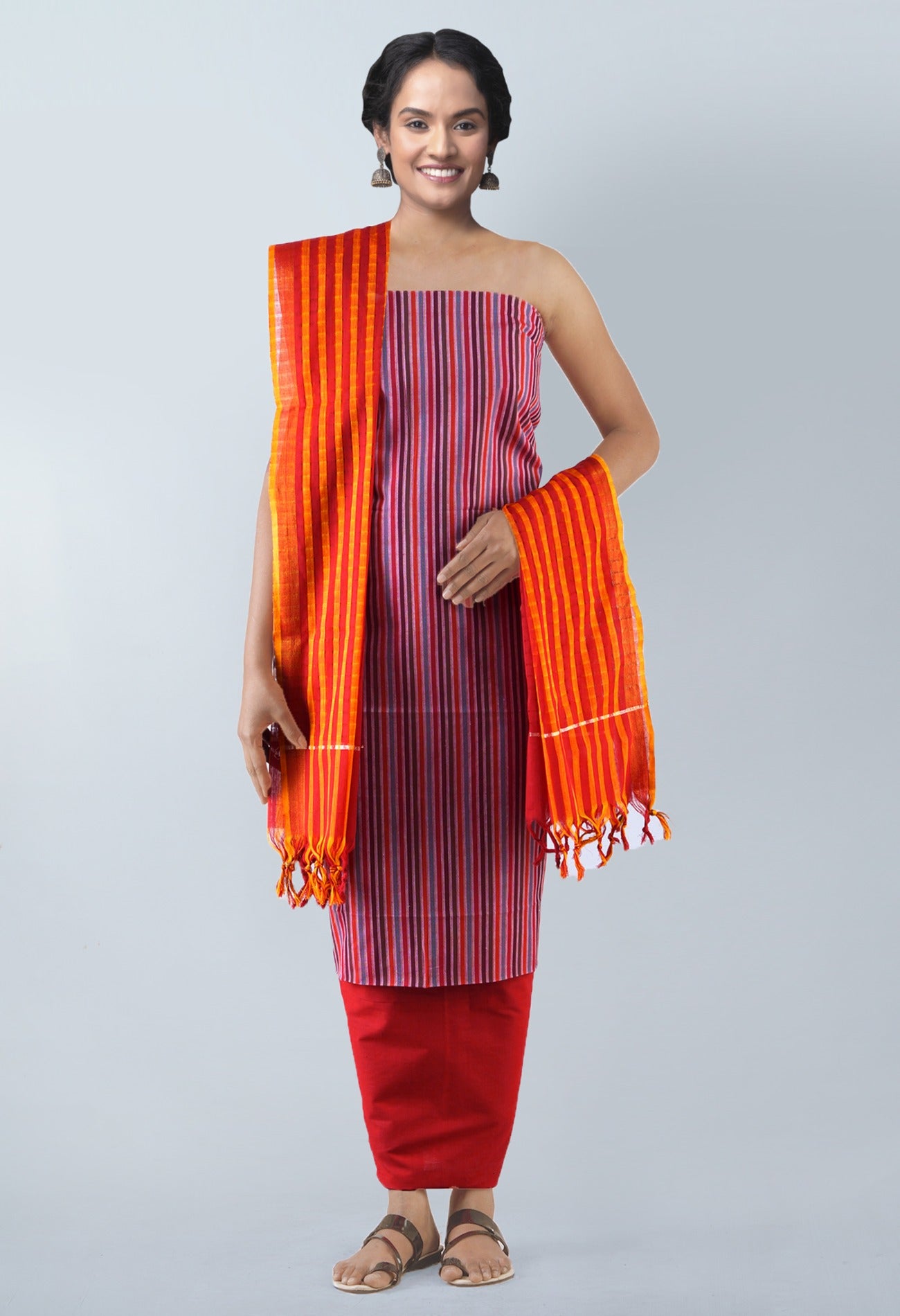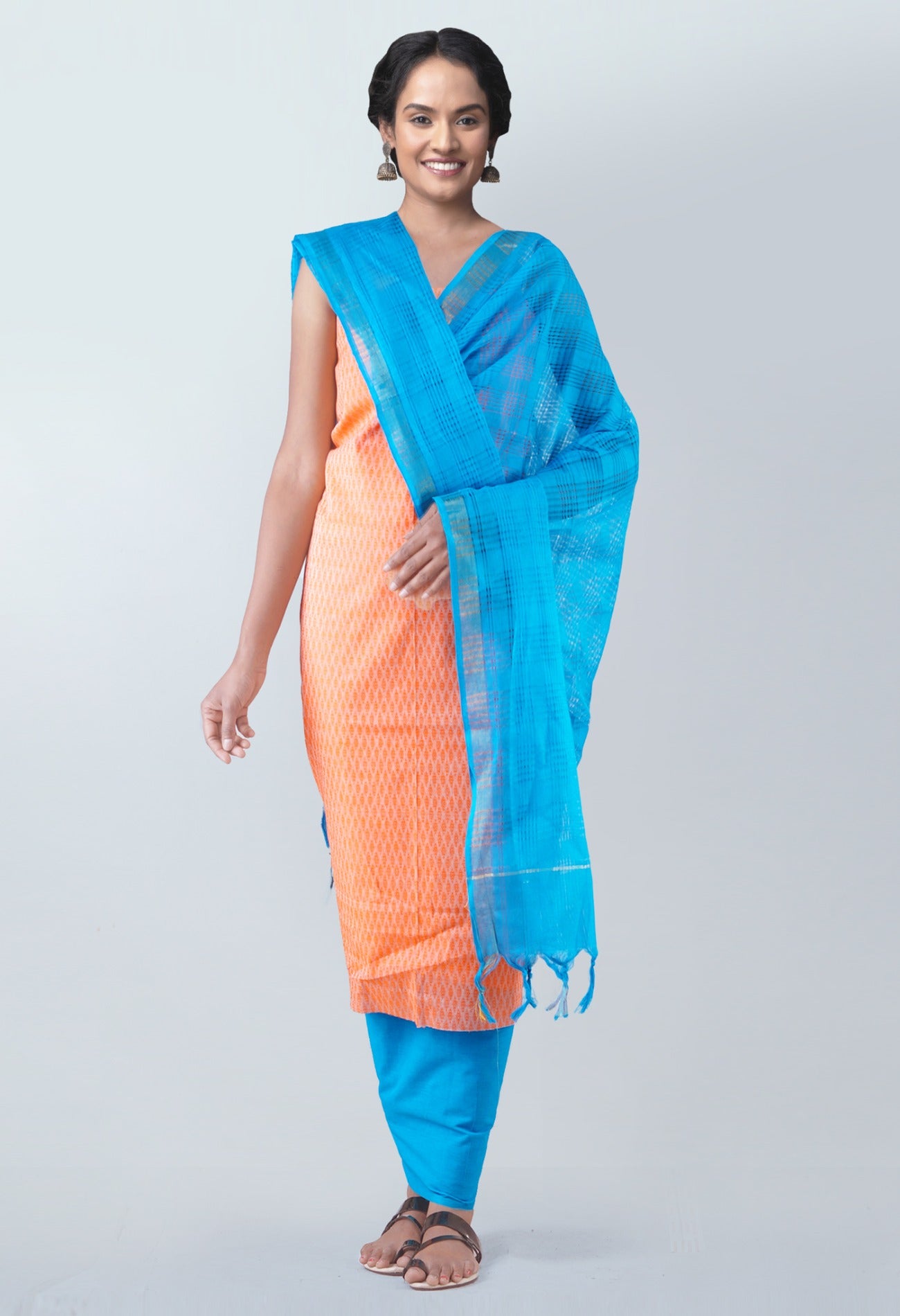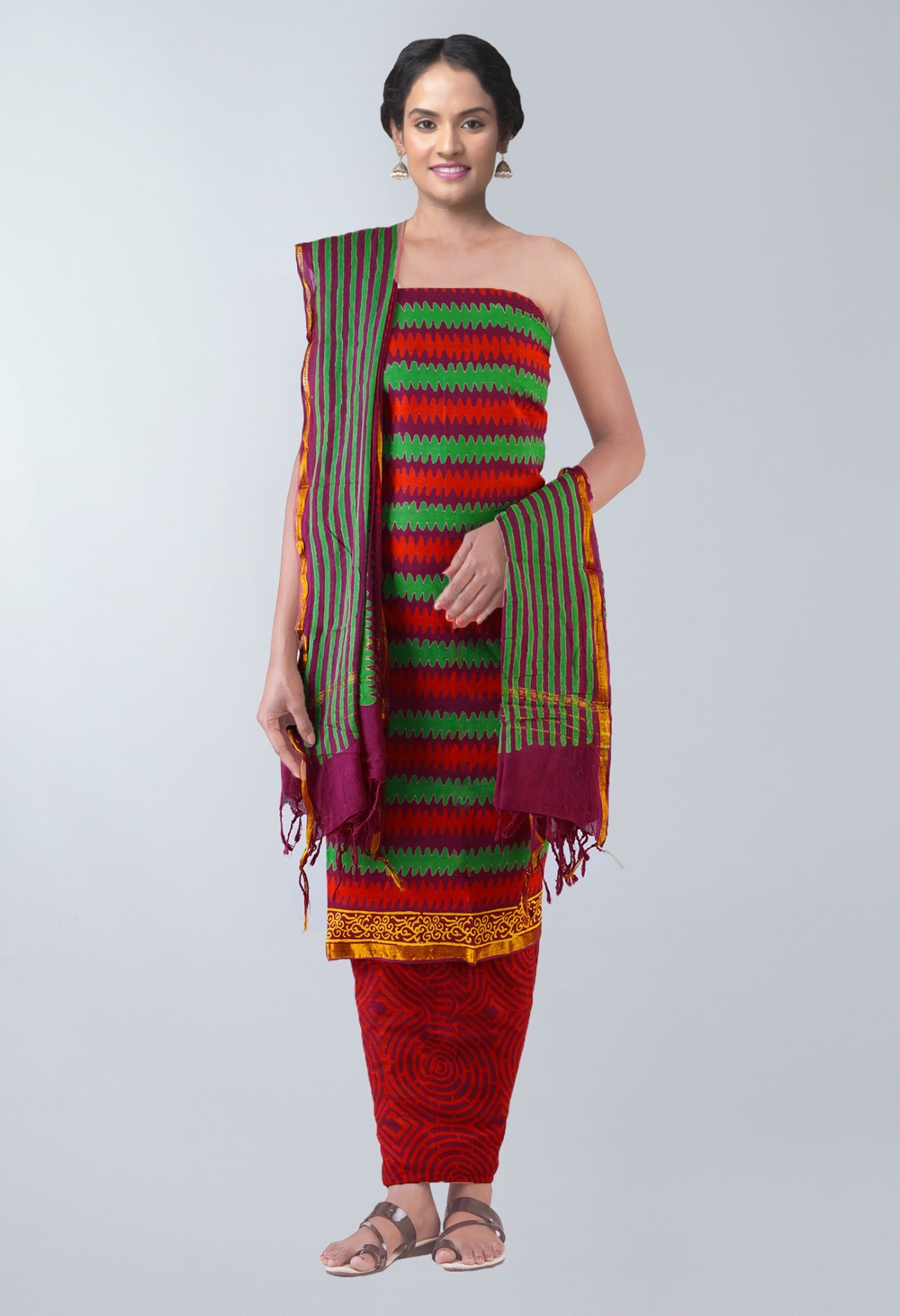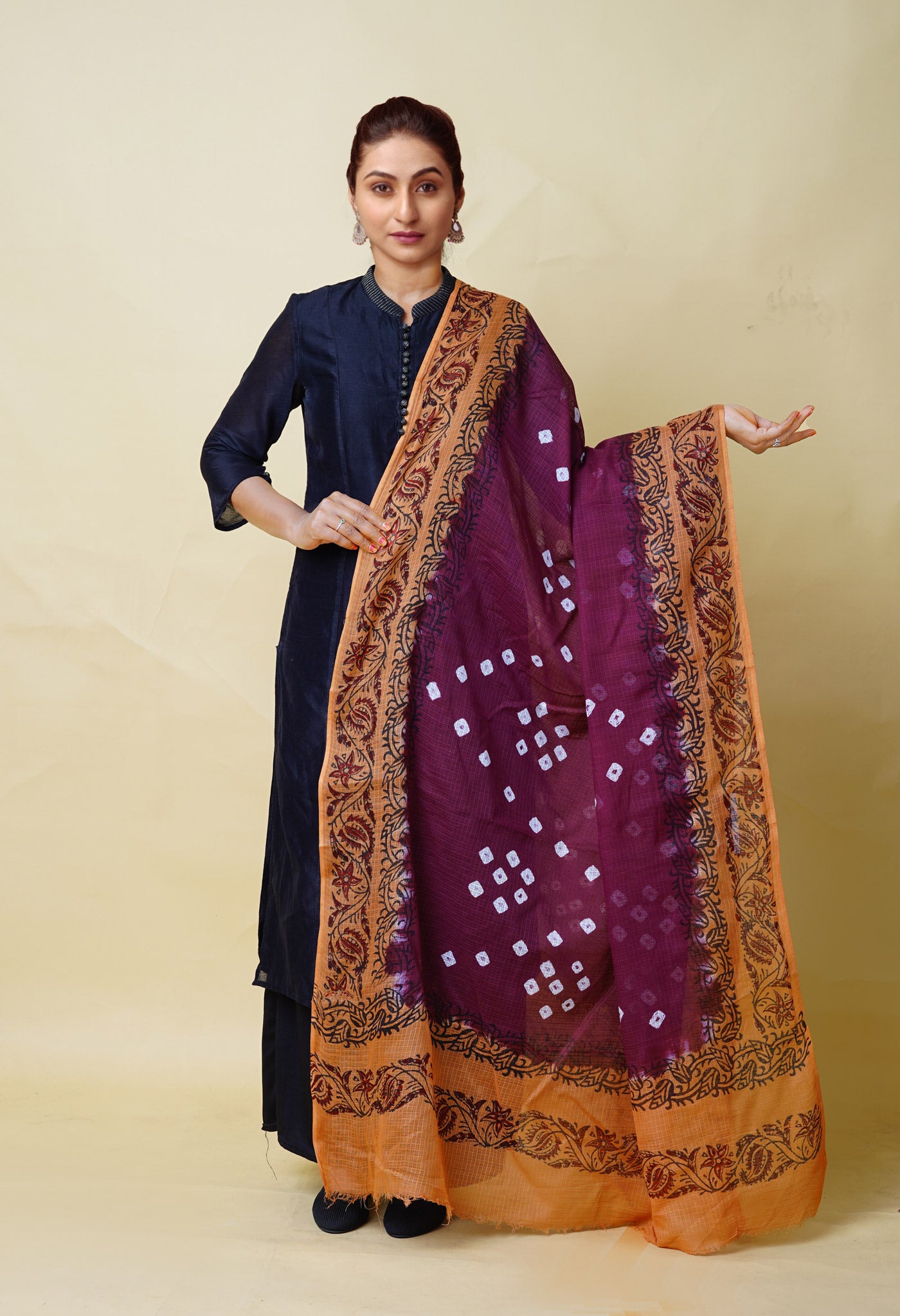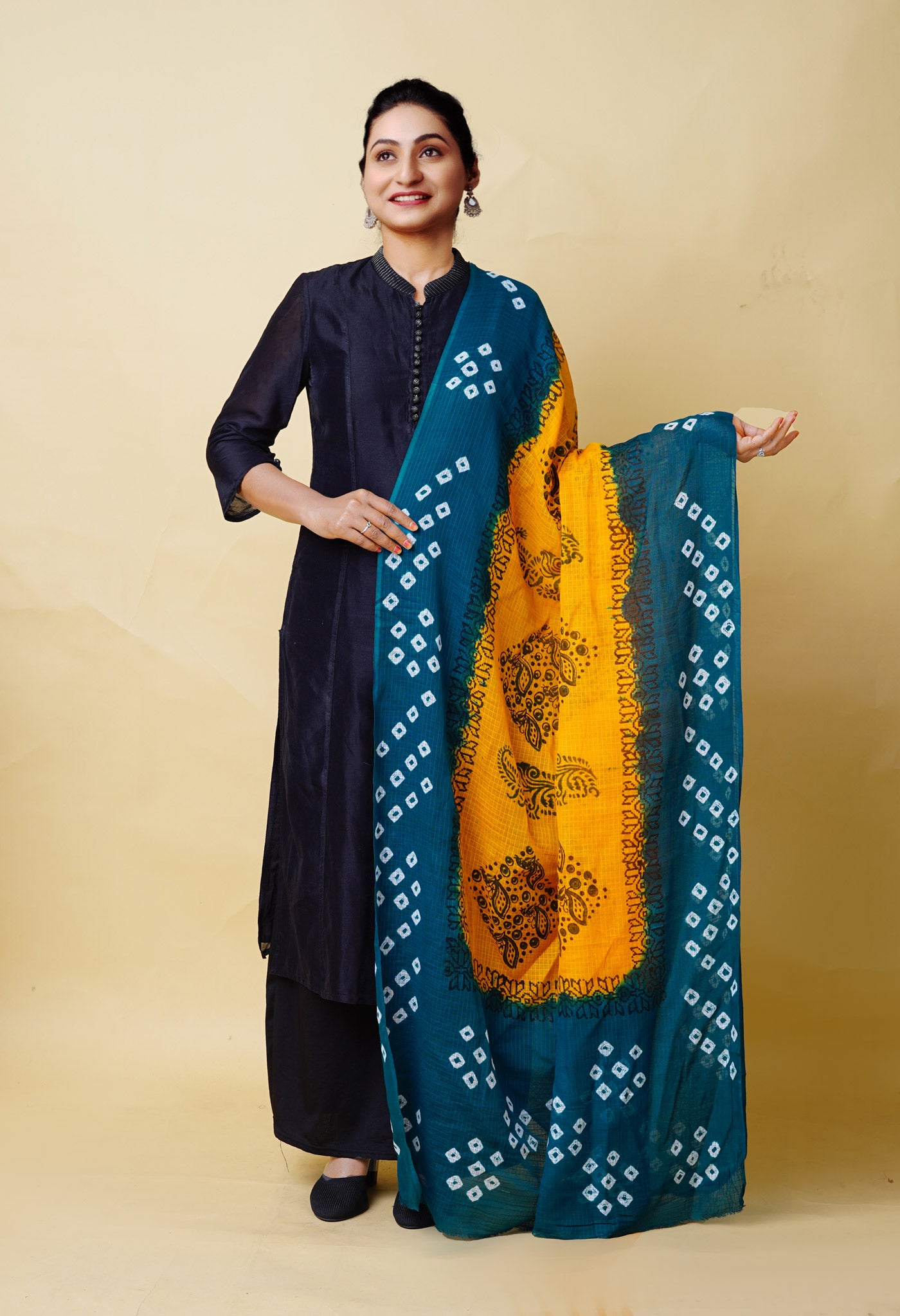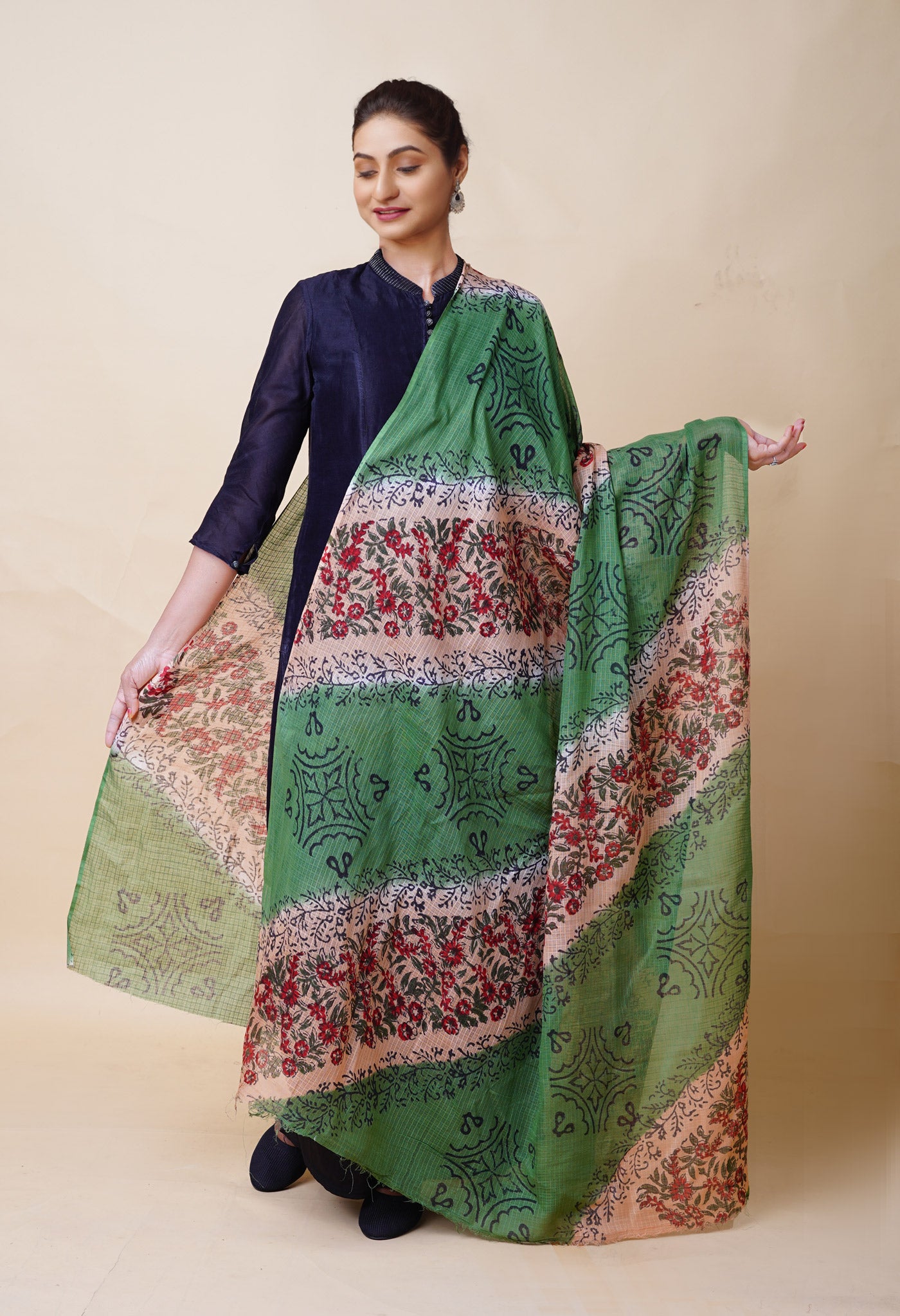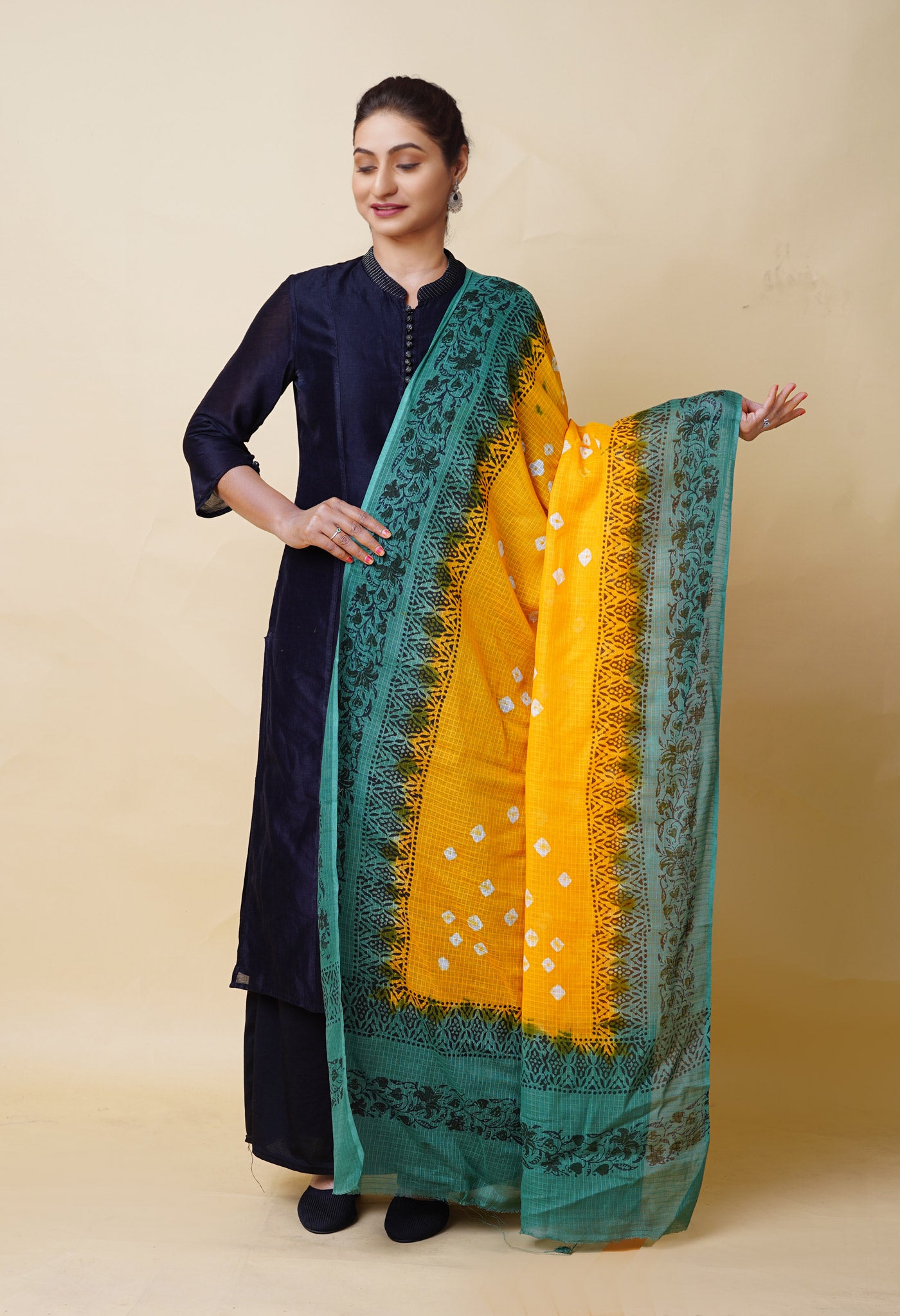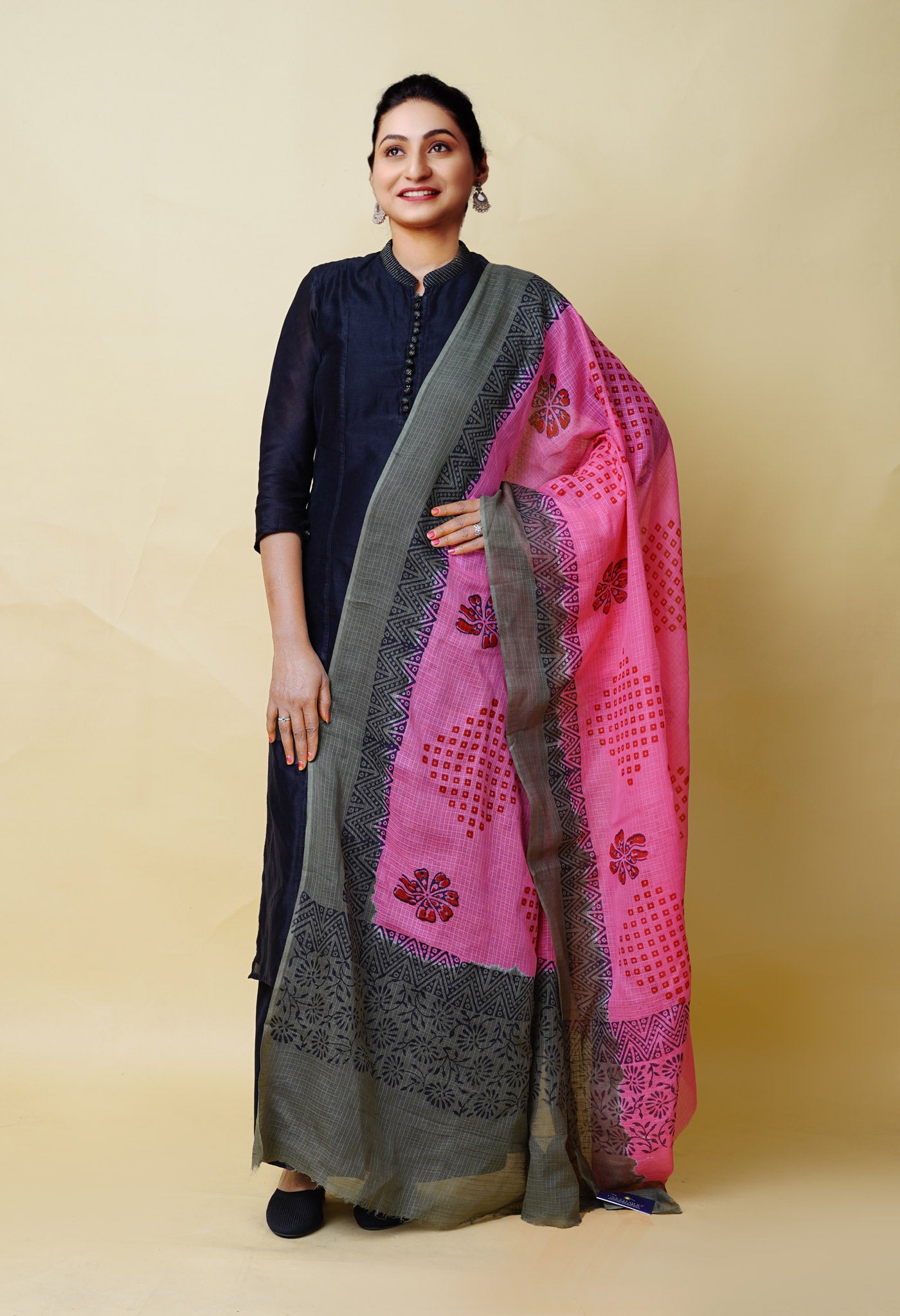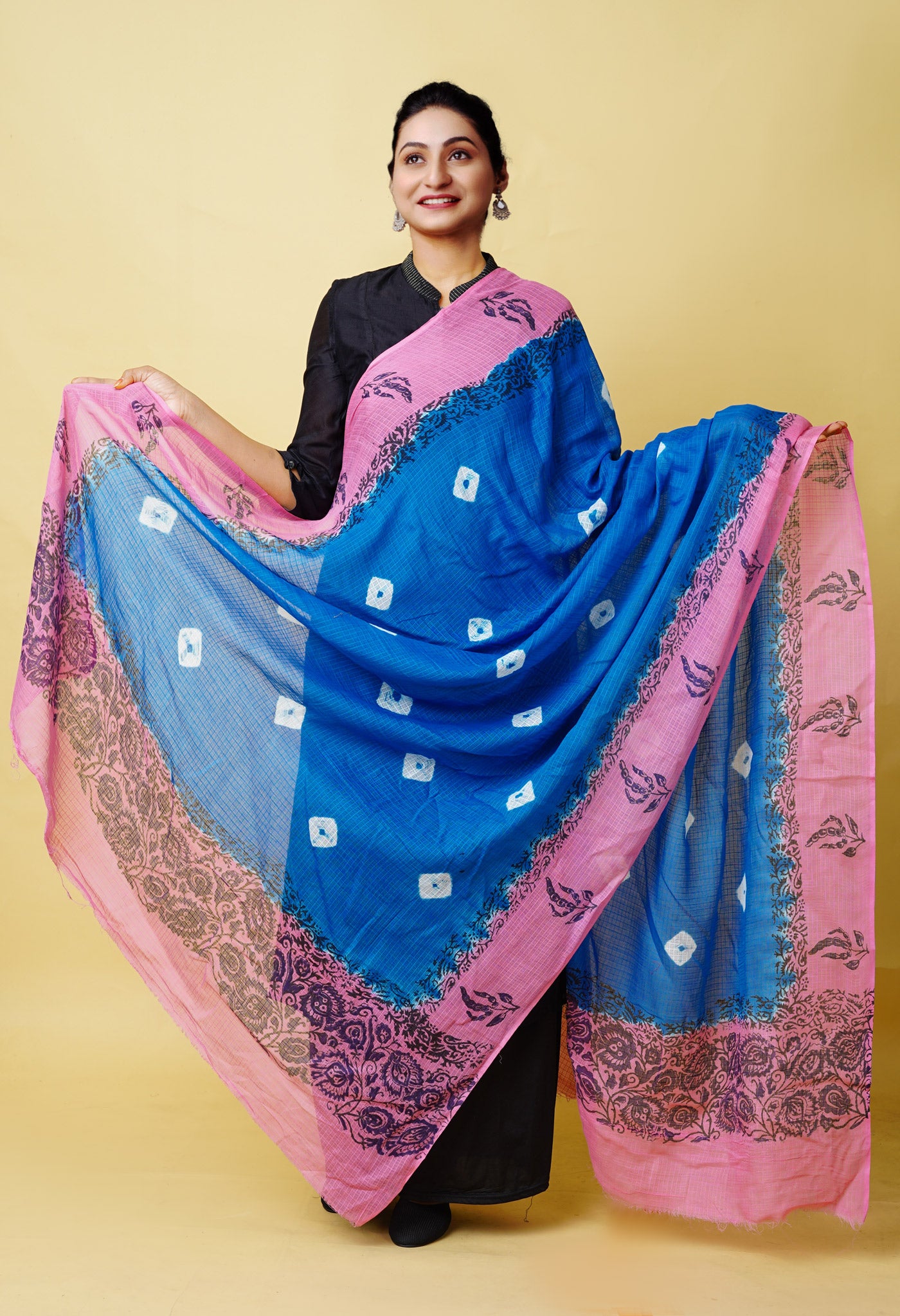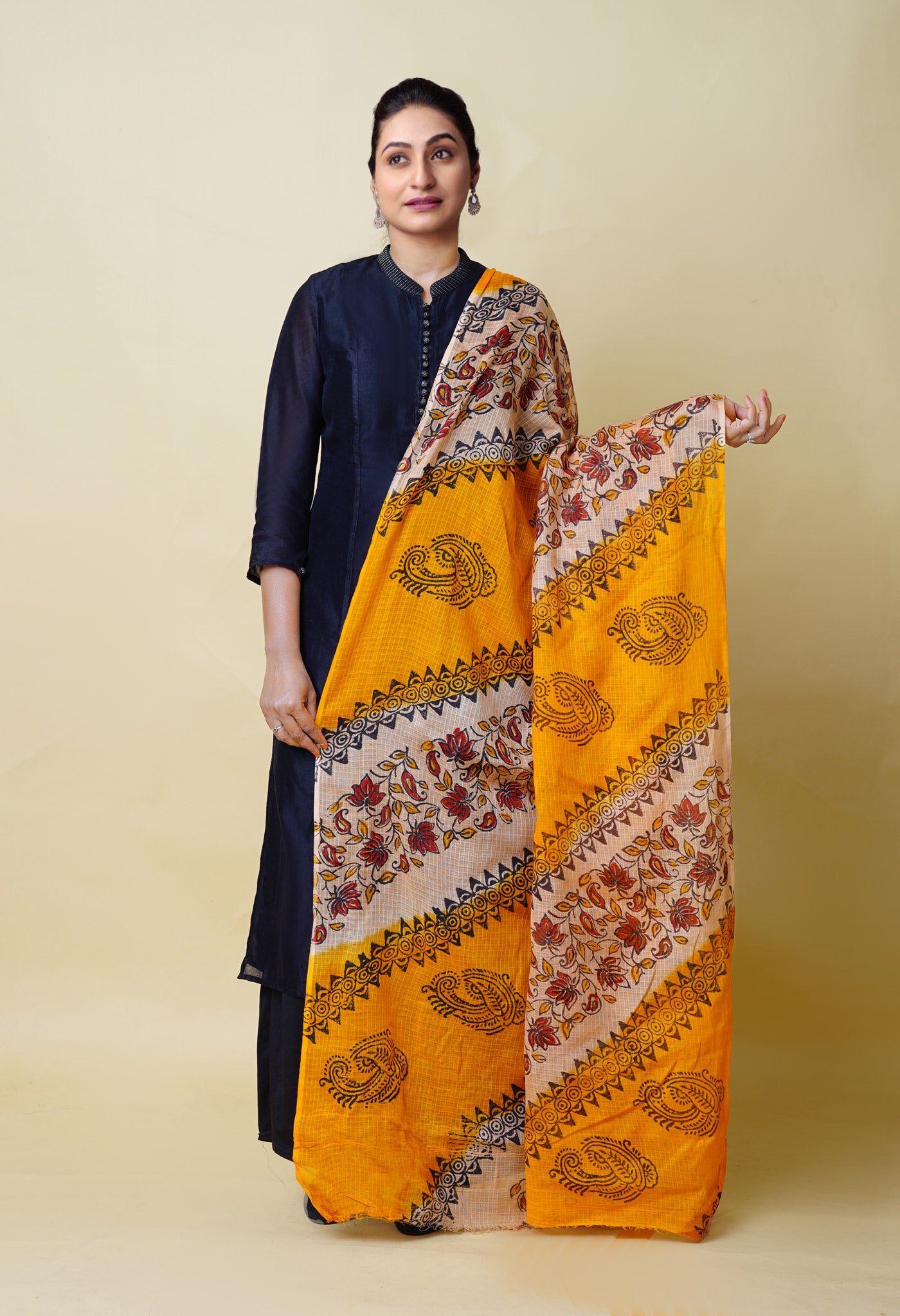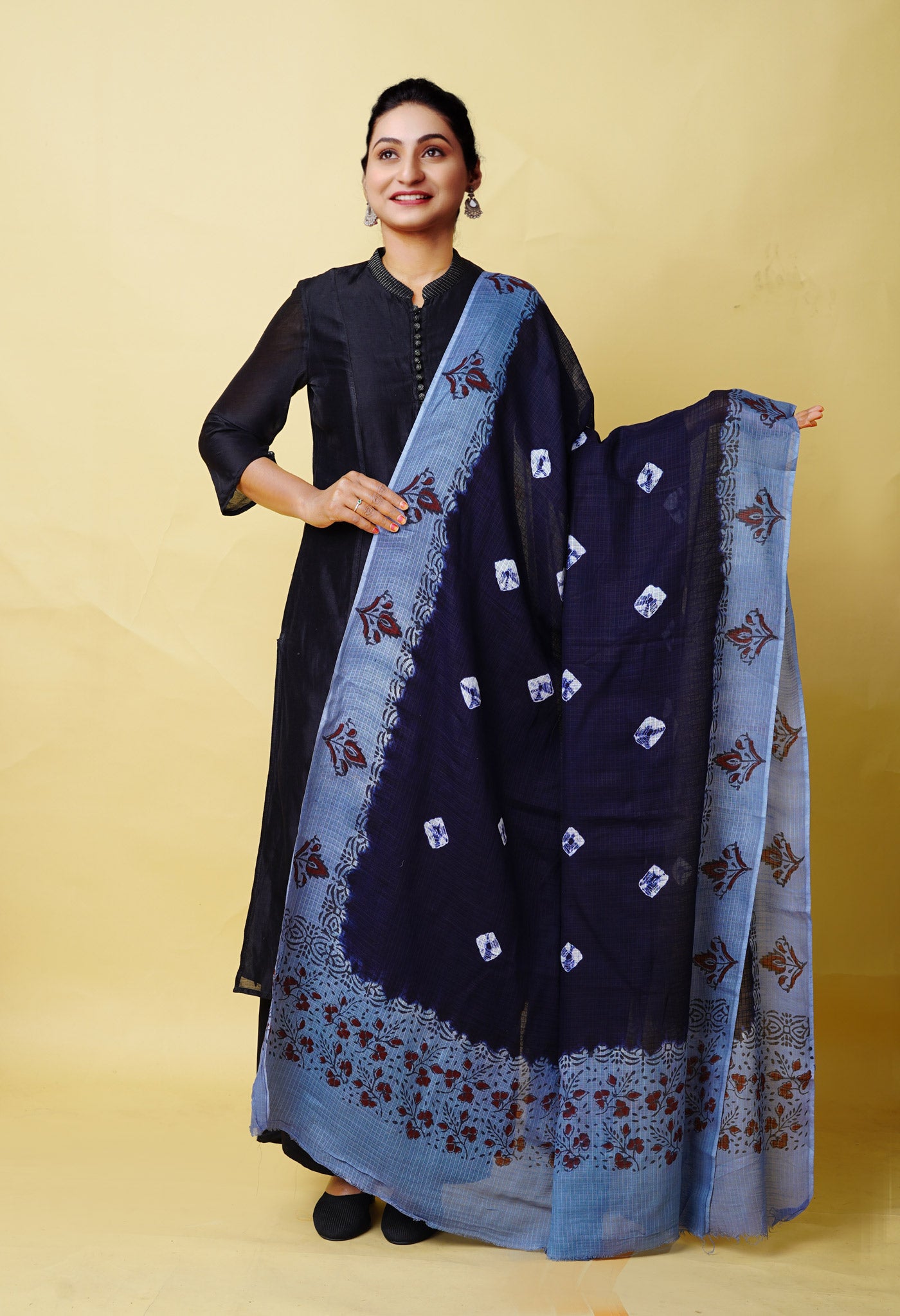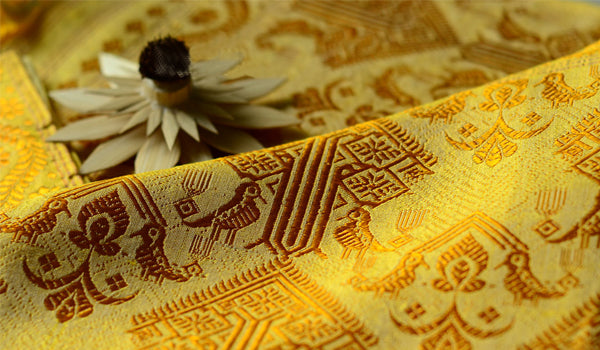
Like us, You will also Fall in love with Renu’s Ethereal Sialkuchi Silks from Assam
When Renu wakes up every morning it is with a new hope that today shall be better than yesterday. A foot at a time forward over time, have led to many steps that have brought her over a considerable distance in life.
Who is Renu?
Renu is one of a breed of expert craftsmen who are from ‘devoted to passionate’ about their traditional craft in making beautiful Muga silk fabrics, especially the enchanting Mekhla, the traditional trousseau for Assamese brides. The ethnic practitioners of Sialkuchi have been very devoted and extremely passionate about their indigenous art and in the brilliant display of costly fabric in vibrant colors and exquisite motifs, that has been an obsession for most weavers to showcase their prowess in making it, craftsmanship of a high order becomes evident.

At 85, Renu the wonder lady of Sialkuchi in Assam, whose association with the silks of Assam spans 60 years of her life, can speak at length and passionately, about the ‘Silks of Sualkuchi’, because of her very long association with the ‘Assam Silks’ and having been around more than others of her ilk.
She makes Eri and Muga silk materials and sells them in the local shop. Her children make Eri and Muga silk threads. “Ma, Baba, and their parents before them, everyone in the family is an expert in weaving, especially in making Eri silk,” she says.
Why Muga Silk?
Renu had seen the worth of Muga Silk at a very young age. In its earliest form, the naturally gold Muga silk was plain. During the Second World War, the global demand for fabric skyrocketed, and the enterprising weavers of Sualkuchi started producing in bulk. As early as 1939, designs were added to the weave, to give the fabric universal appeal.
“Muga silk is the oldest and most famous type of silk. The traditional saree of Assam, Mekhla, is made of Muga silk,” says Renu.
Over the years the Mekhla has been experimented with the use of a variety of silks like Eri, Mulberry, Tassar, and Pat. But considered by far the most expensive and authentic Mekhla is that made of Muga silk.

The specialty of Muga
“Muga is expensive because of its quality. It is special,” Renu explains. Unlike the others, Muga silk has a lustre that gets richer with every wash. The luminosity increases with age, and the treasured fabric often outlives its owner.
Other priceless qualities of the Muga - the silkworm is highly sensitive to chemicals and is therefore completely organic, making the Muga fabric skin-friendly. To make one saree, cocoons need to be harvested from 2.5 acres of pristine land!
Further Muga and Eri yarns are made from silkworms found only in Assam. And Muga adorns for the most important Assamese harvest festival Bihu, the Mekhlas of the traditional dancers.
Clothes stitched with muga silk are highly prized. “In Sualkuchi, it is priced in the range of Rs 22,000-30,000. In the city you will not get it for less than Rs 40,000,” Renu explains, “Shopkeepers buy Mekhlas in bulk here and sell them at higher prices in the city. They do branding and repackaging which adds to the costs.”

What is the quality that makes her stand out?
Despite the hardships she faces especially when it is a known fact that weavers make less than the retailer is known and nothing done about it even by the powers that be, she has not deviated from her principles.
“What my family makes is original muga silk and not mixed with any other kind of silk threads.” She gets two rolls of threads from her workshop. “Tell me which one is pure silk?” she asks. When the glossy one is pointed to she says, “No no! This is not real silk.” The original one is softer and less glossy. “This is one of the reasons why Muga silk Mekhlas are costlier in the cities,” she tells.
People cannot afford to buy the original Muga Silk Mekhlas because they are very expensive. The making of a Mekhla is labour intensive and one saree requires 10,000 cocoons. The cocoons are used to make thread, and then it takes about ten days to weave. So most people in the city, end up buying Mekhlas made up of mixed materials that are cost effective. “This affects our cost of production and sales,” she says.

Would not people know the difference then? It turns out that it is next to impossible for even the locals to differentiate unless a person has intimate knowledge of silk threads. The power looms make a more perfect cloth, but the handloom threads are less strained and therefore more durable.
Asked why she does not sell to the buyer directly, doing away with the middleman, Renu says she does not want to get into the logistics of transporting, which would require her to take on many more responsibilities and hire and manage more workers. This would also increase her expenses.
Renu’s wonderful effort
The other silk endemic to the region is Eri silk, a speciality of Renu’s family. “It is known as ahimsa or non-violent silk because the silk worm is not stifled or killed while in the cocoon. We wait until the moth leaves the cocoon. It takes one week,” she says. The cocoons are then harvested and spun into threads. The many Buddhist monks in this region prefer Eri silk for this particular characteristic.
She expounds again, “Overall, mulberry silk sells best, followed by the Muga, Tussar and Eri. Muga silk is the softest but most expensive. Mulberry silk is fine and sold at a reasonable price. Tussar is the most textured, but has a glossy sheen. Eri is more or less similar to Tussar but the demand is not that much. Not many know about it or appreciate its unique qualities,” says Renu.
Renu and her family have diversified their products making ties, wallets, bags, clips and many other knick-knacks with leftover Muga and Eri cloth.
For all their effort, the returns are very uncertain, at times giving away their cloth at a pittance to the wholesalers, just to be able to clear their bills every month.
Her children, especially her son, is badly wanting to switch over to something more remunerative. “Wait for a few years, things will be in our favour,” Renu says.
[caption id="attachment_18267" align="aligncenter" width="600"]
 RENUS HELPER[/caption]
RENUS HELPER[/caption]Her pride in her work is immense, her hope for the future almost contagious.
A little about the Mekhla
It is customary for an Assamese bride to wear a traditional set in paat silk during her wedding. Paat silk is pure silk saree or the Muga silk saree that Renu and her family weave fabrics in. The Sialkuchi region on the banks of the Brahmaputra has long been the seat of these wonderful creations.
The artistic finery of the skilled weavers had compelled Gandhiji to say, “Assamese women weave fairy tales in their clothes.”
Weaving is not just a tradition handed down by generations, it is a way of life, a labour of love for this close-knit community that prides itself on its work. One of the wondrous things that adorn Mekhla fabrics are the motifs. You could have lions facing each other, jewellery designs, flora and fauna explored nicely, creepers, vines etc. In fact Nature smiles kindly on them by allowing the weavers to weave what they will and helping their outcomes to shine in excellence.
The golden silk of Assam, was given the Geographical Indication status in 2007 and the GI logo in 2014.
A land of unity of religion and work culture, Sualkuchi is a perfect blend of work culture and faith. Yet it is hope that preserves their grit and steadfastness to keep on going despite the odds.

A Beacon of Hope
Mazankari was born in December 2015. Brainchild of a group of four, Arsalan Aarib and his friends, Mazankari or ‘a tree in which silkworms breed’, is all about getting the weavers their fair share for the efforts and excellence and seeing that customers are not duped and cheated in the name of Mekhla from spurious or inferior materials.
From affluent backgrounds yet deeply rooted in their beliefs about bringing doomed causes out of the morass, they are working towards an online platform for their intentions and also raising funds through crowd funding to make their plans successful. Other plans are much on the anvil and for the weavers of Sualkuchi they are like God coming down to make a difference.

After all, like some of womankind, She’s Different.
[/vc_column_text][/vc_column][/vc_row]


